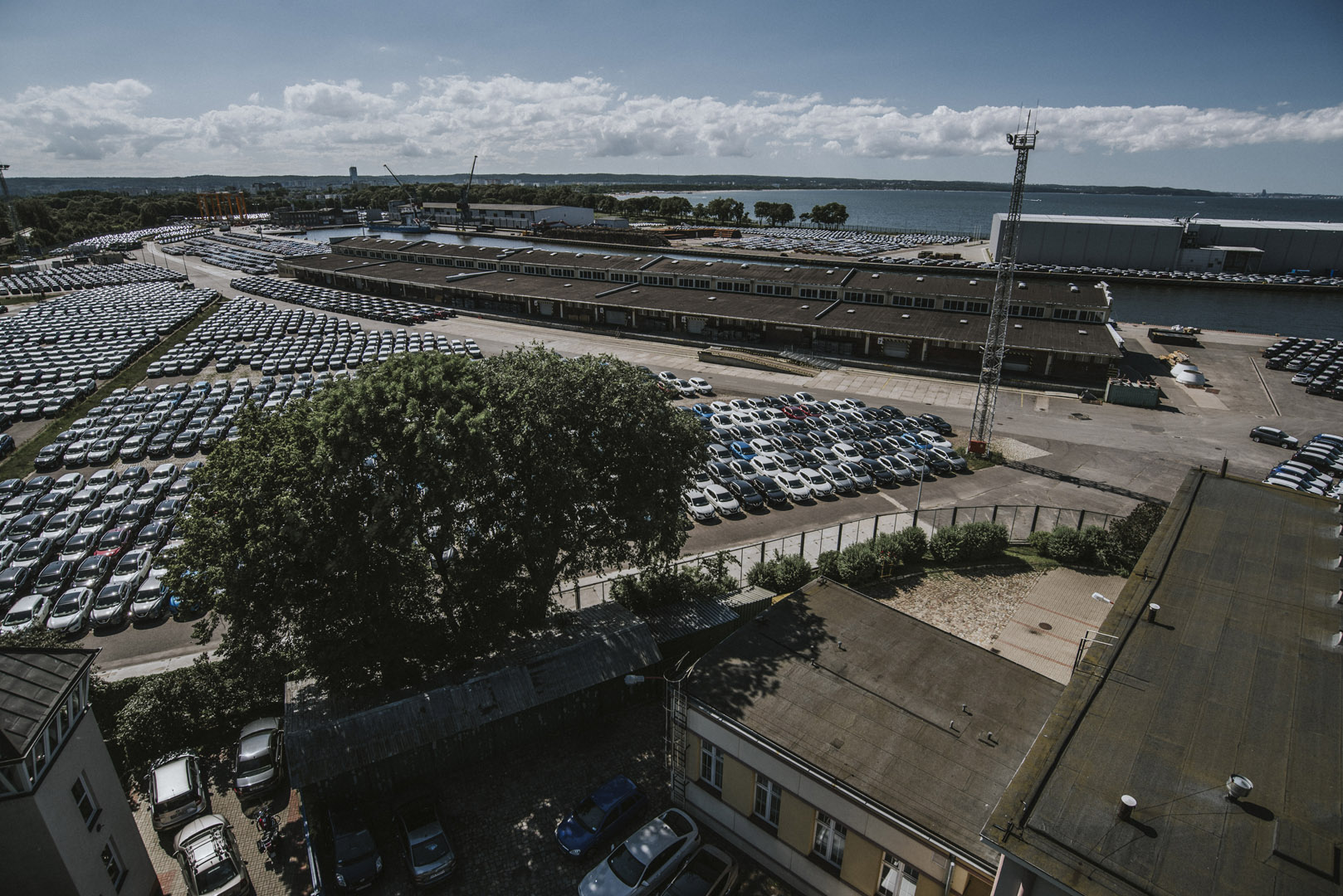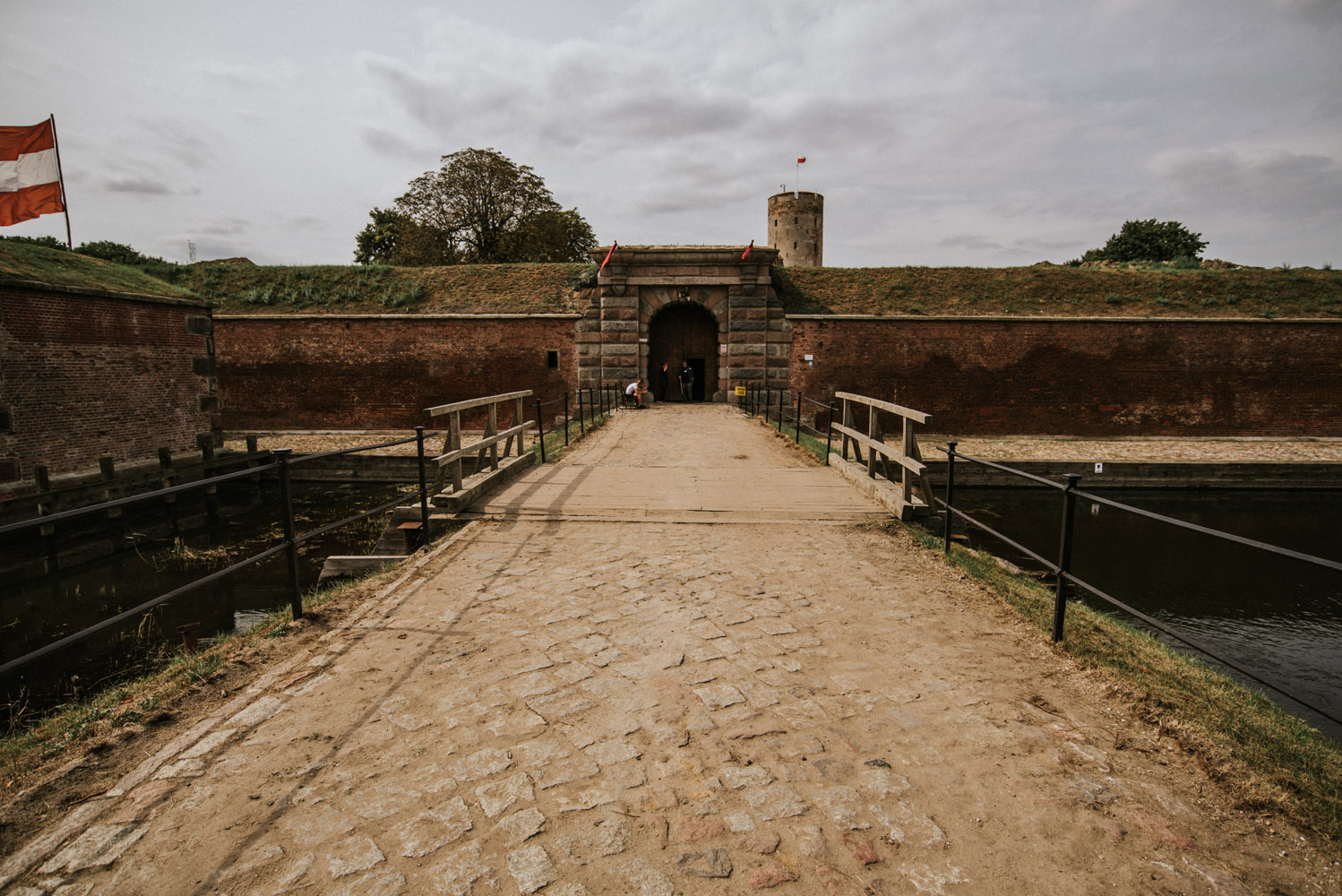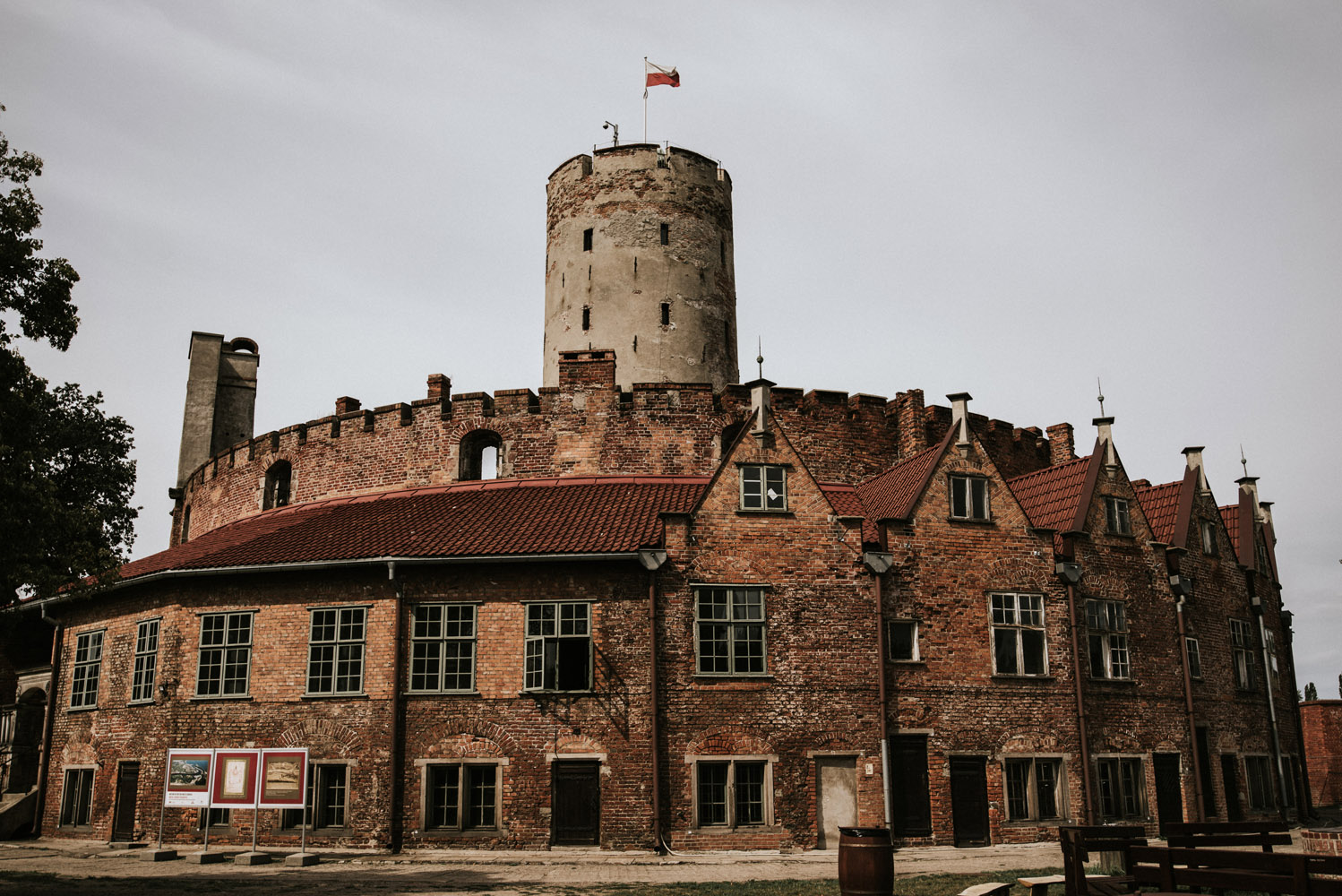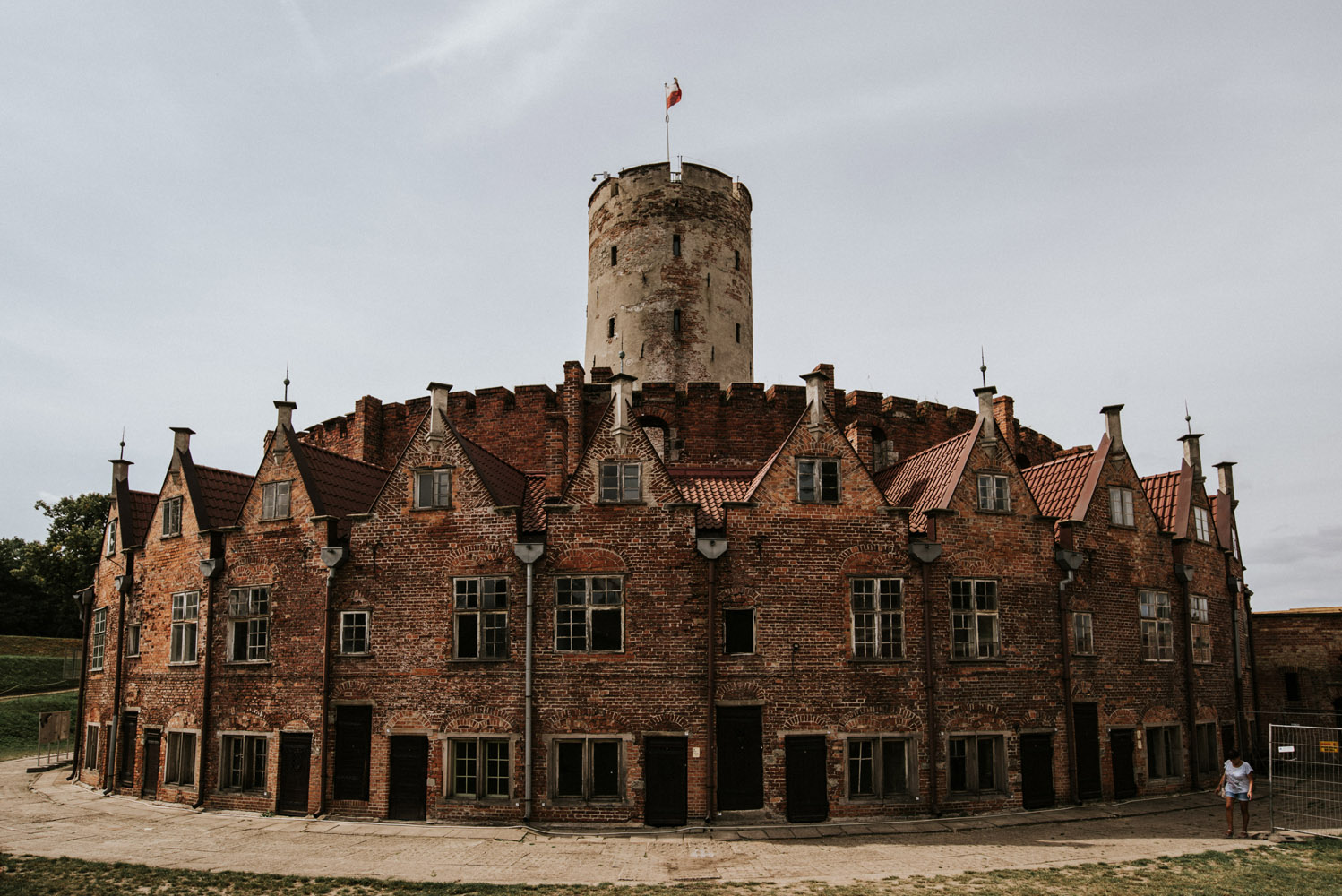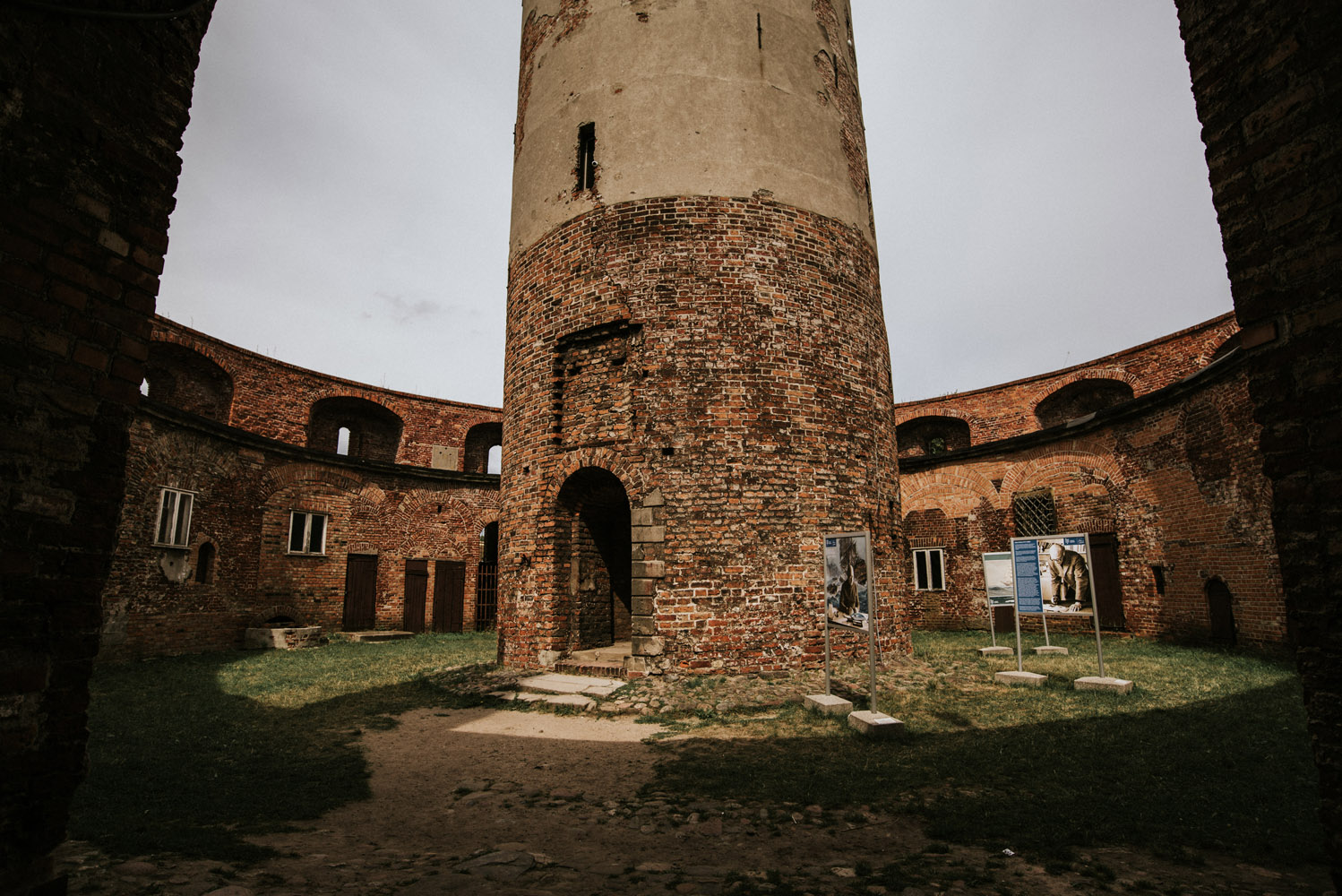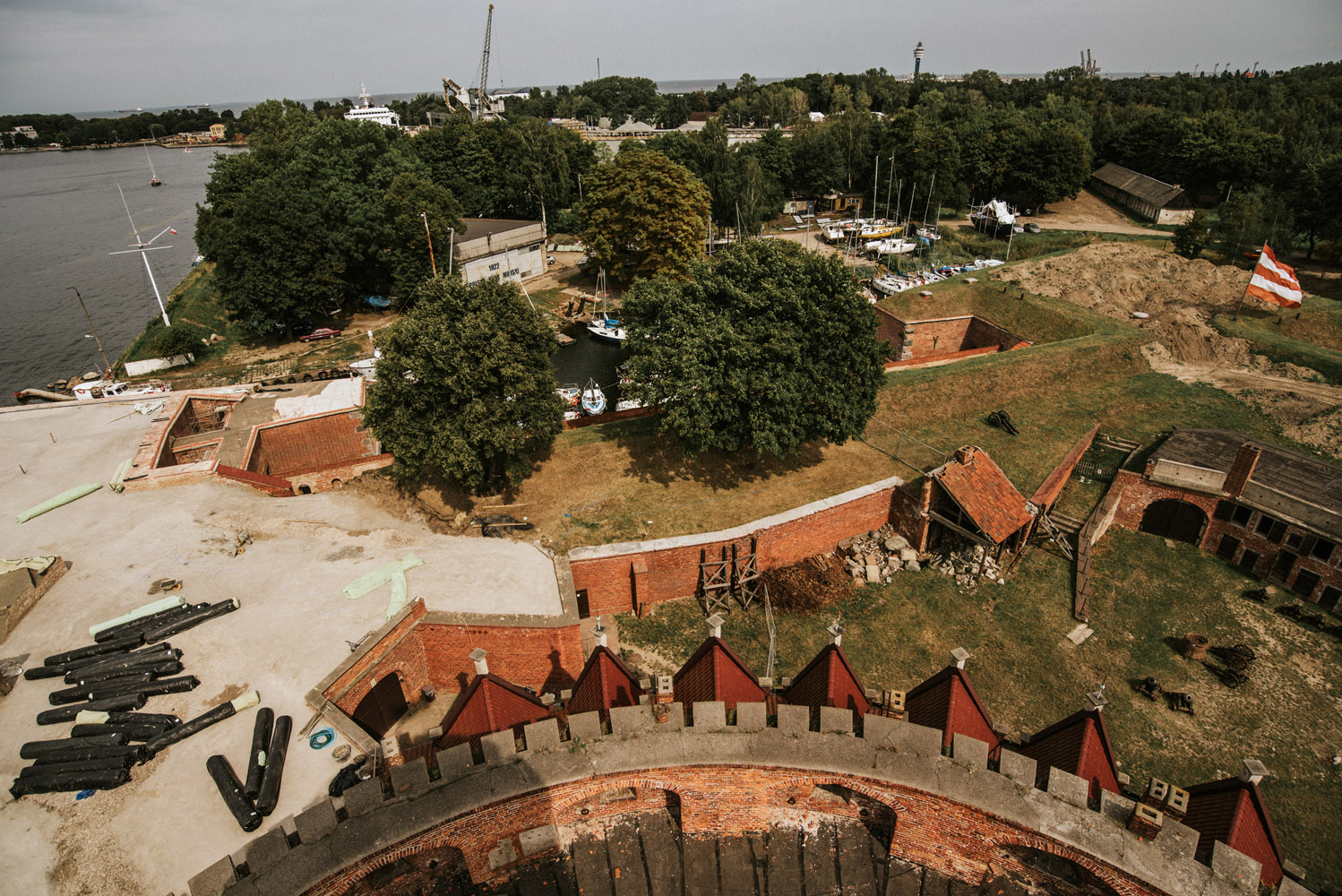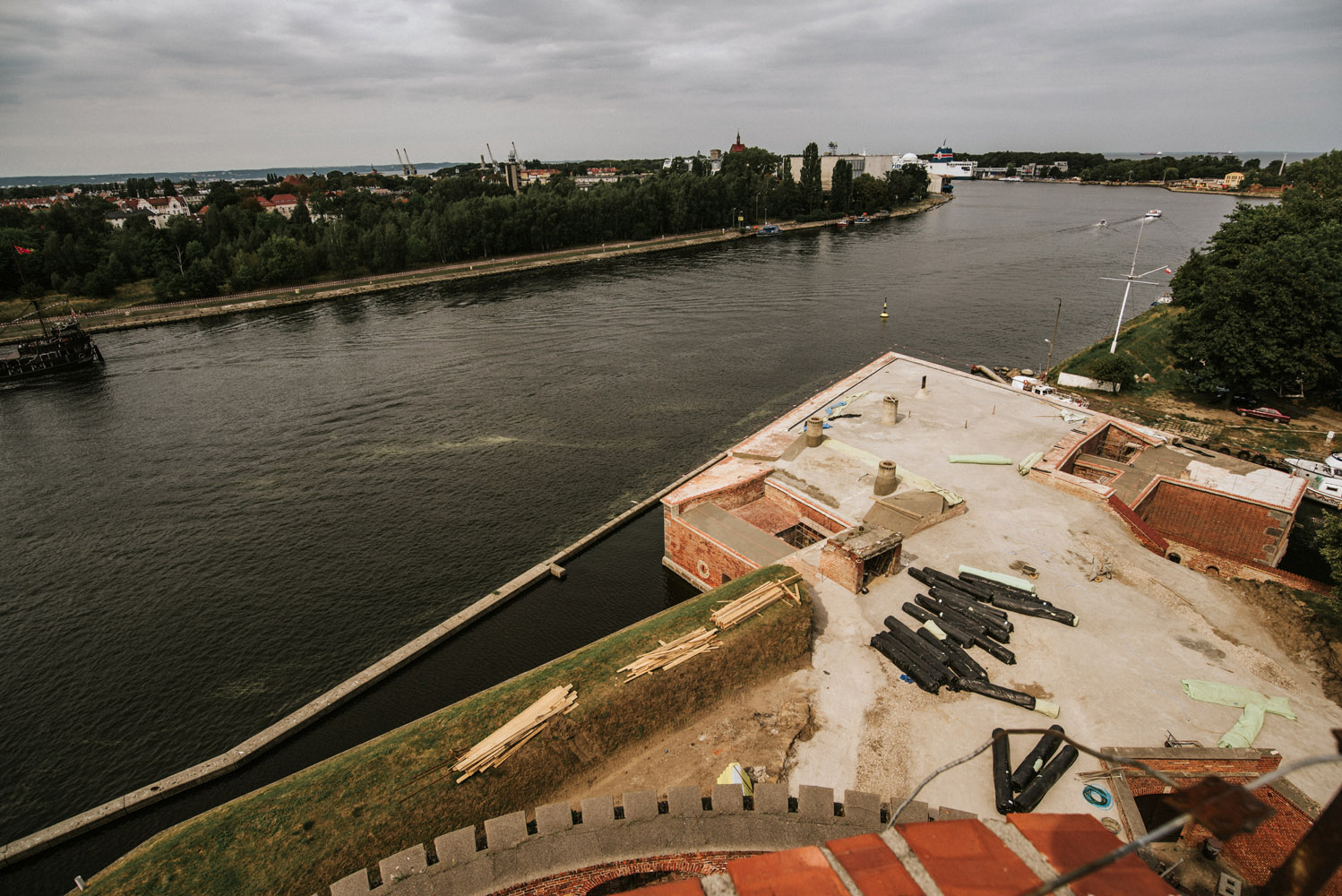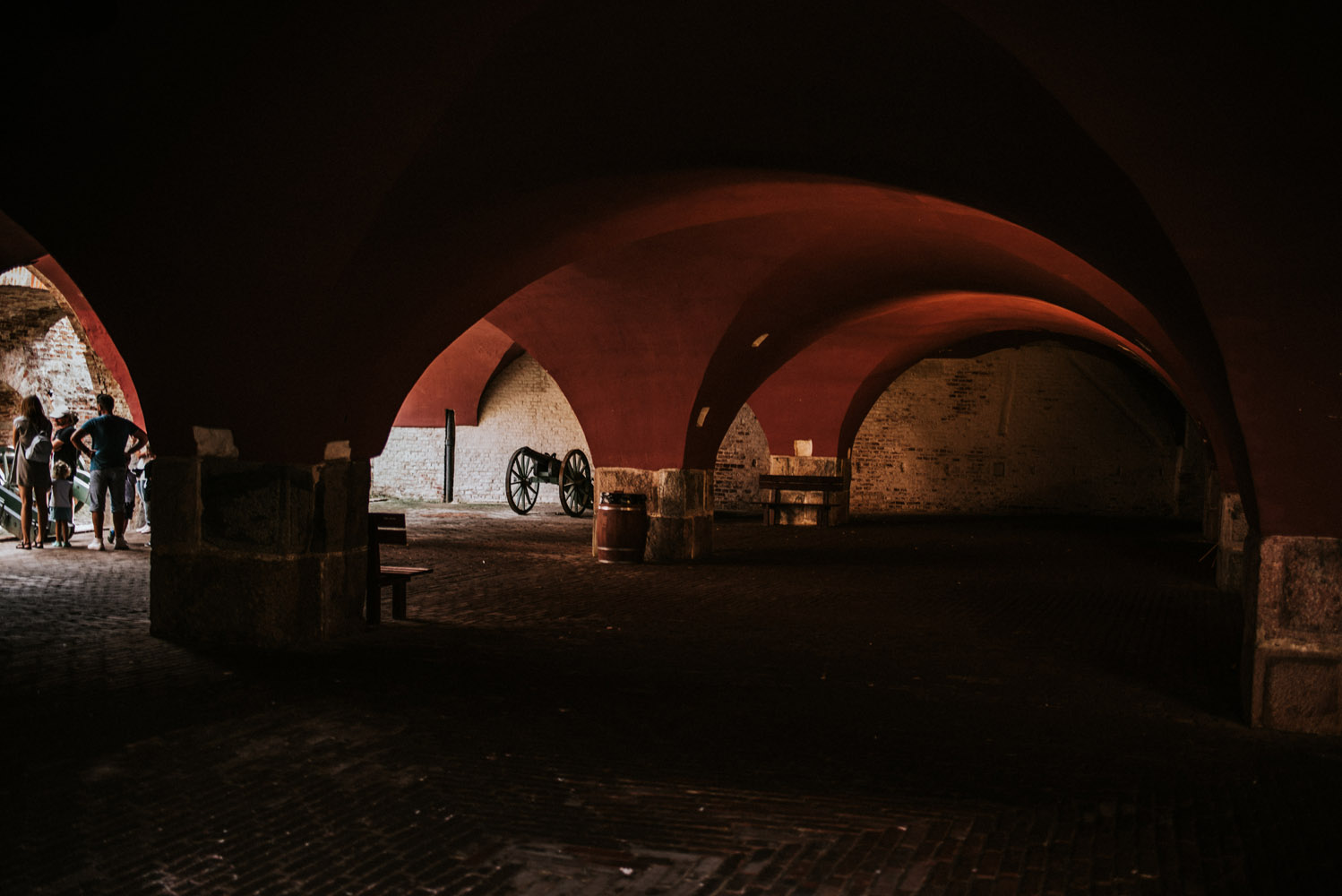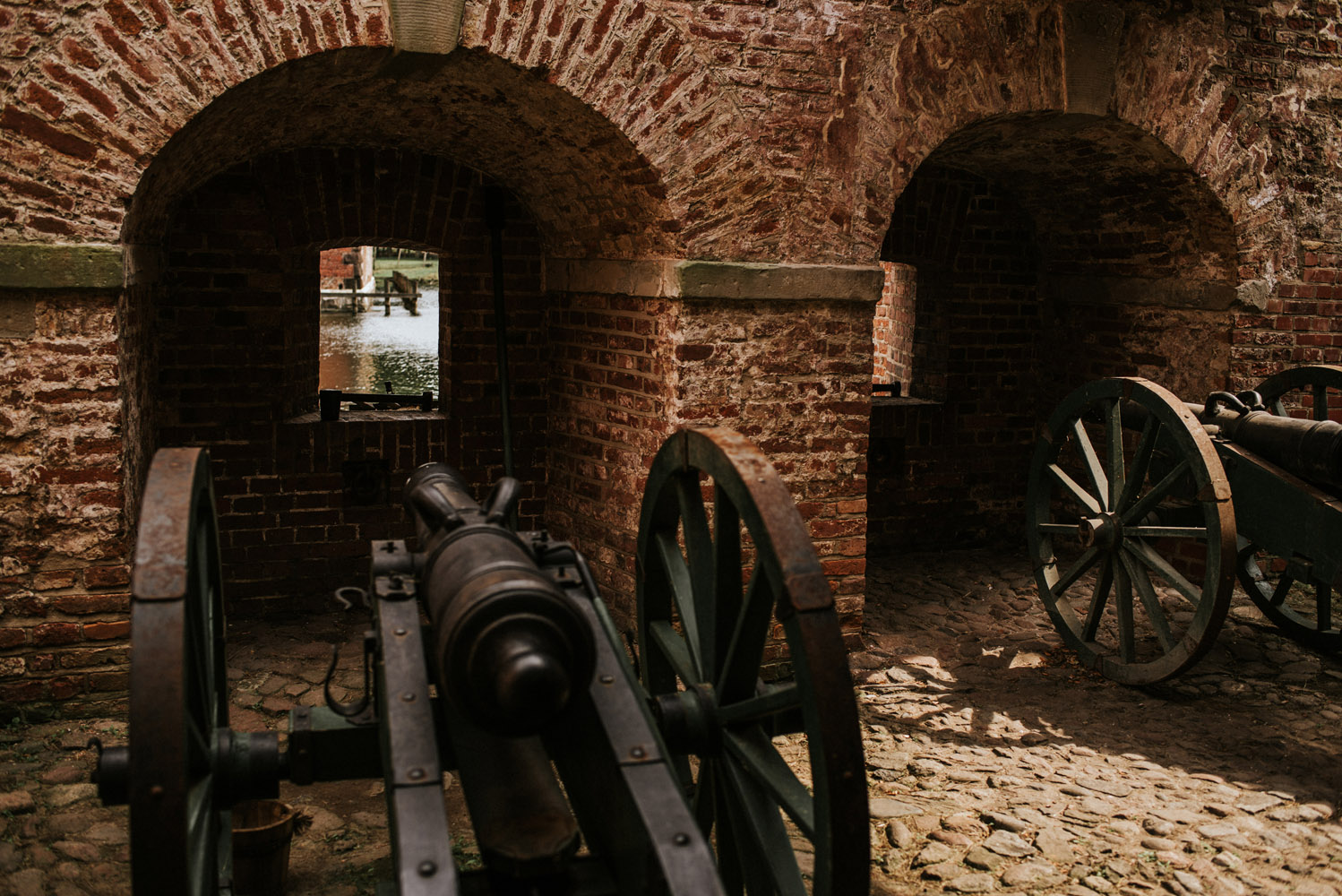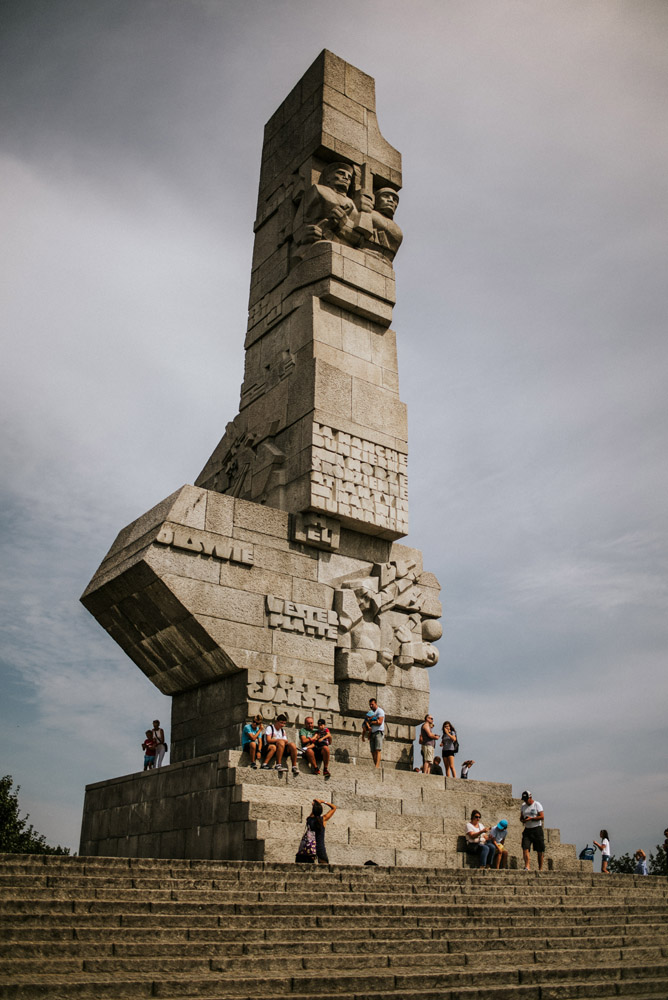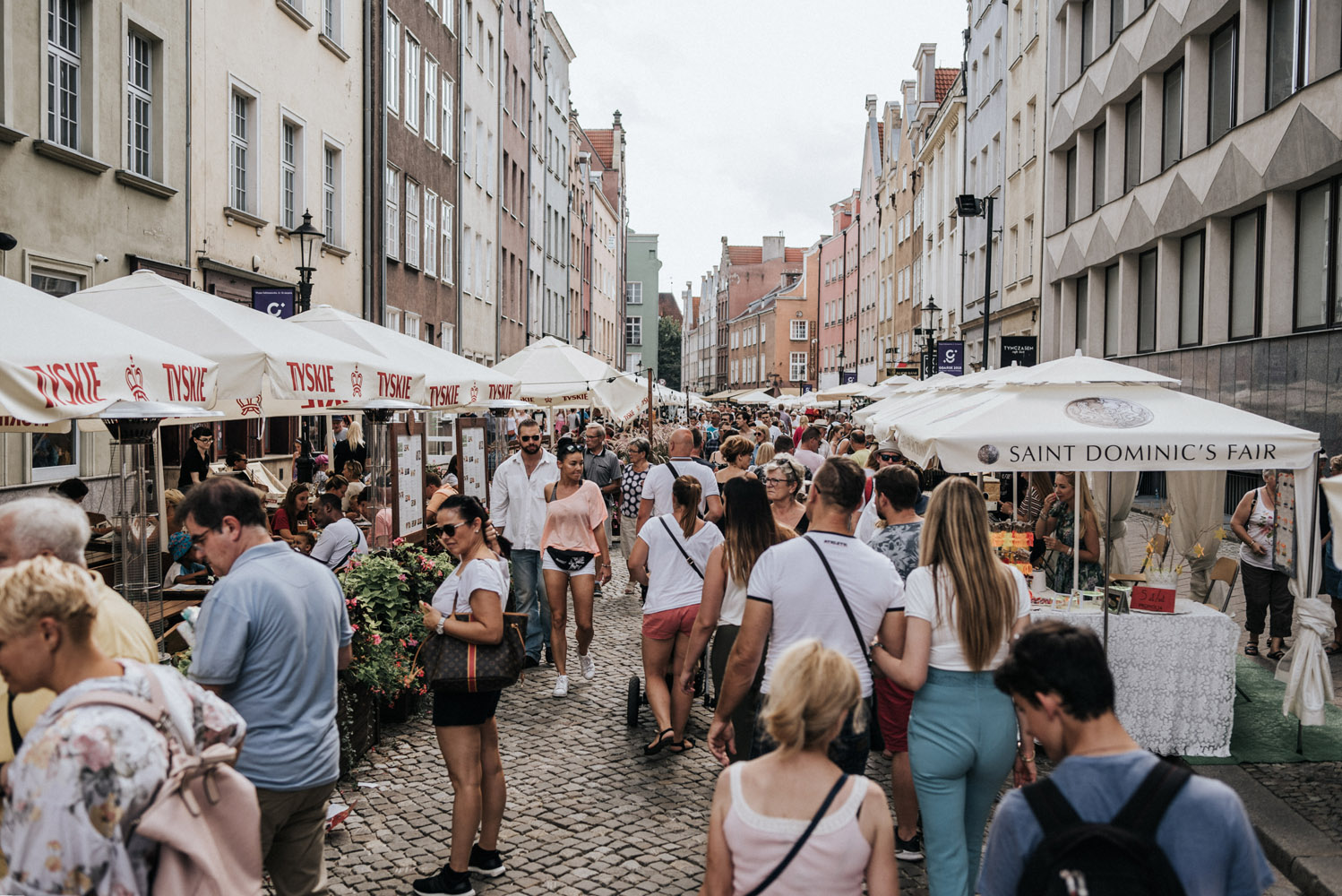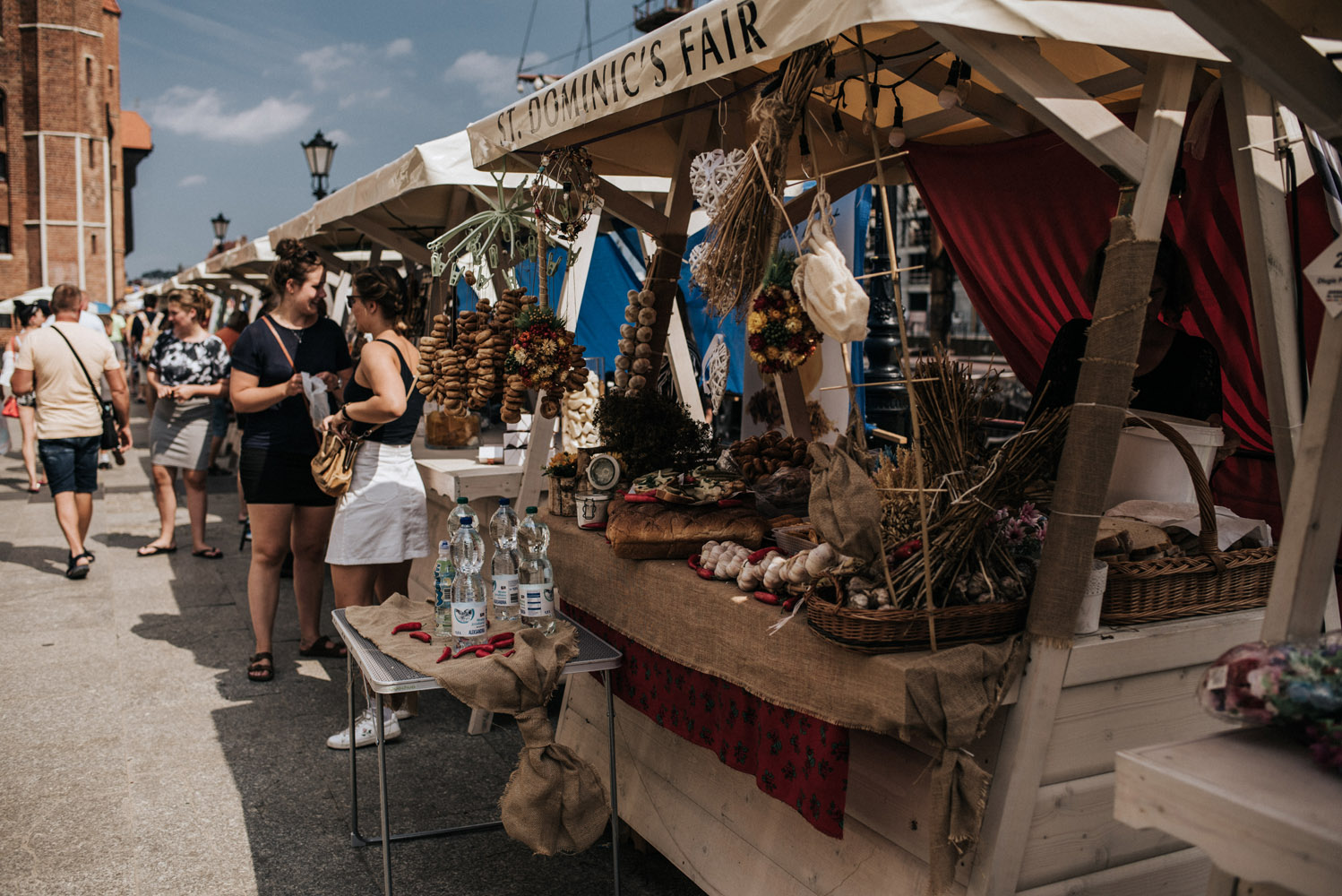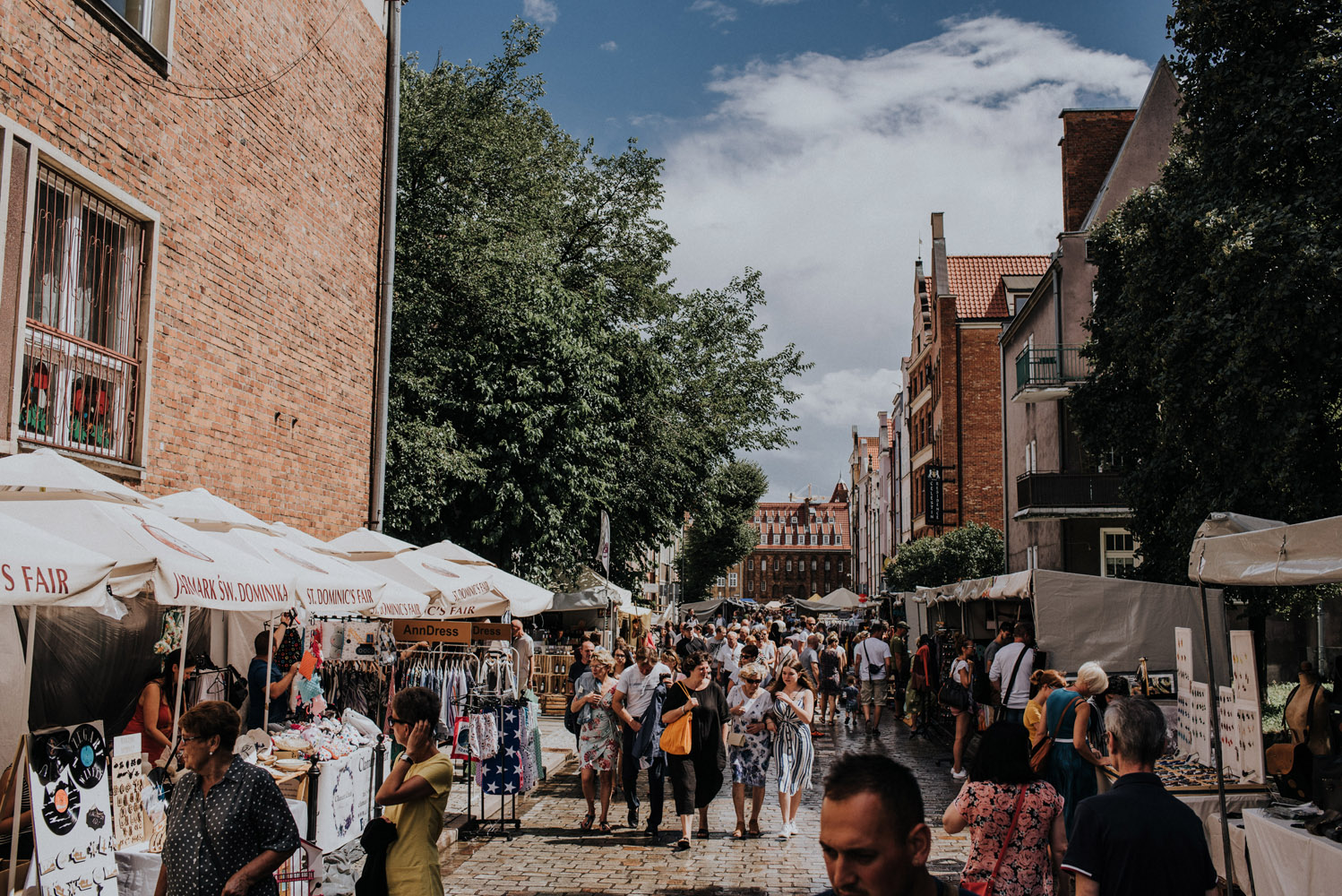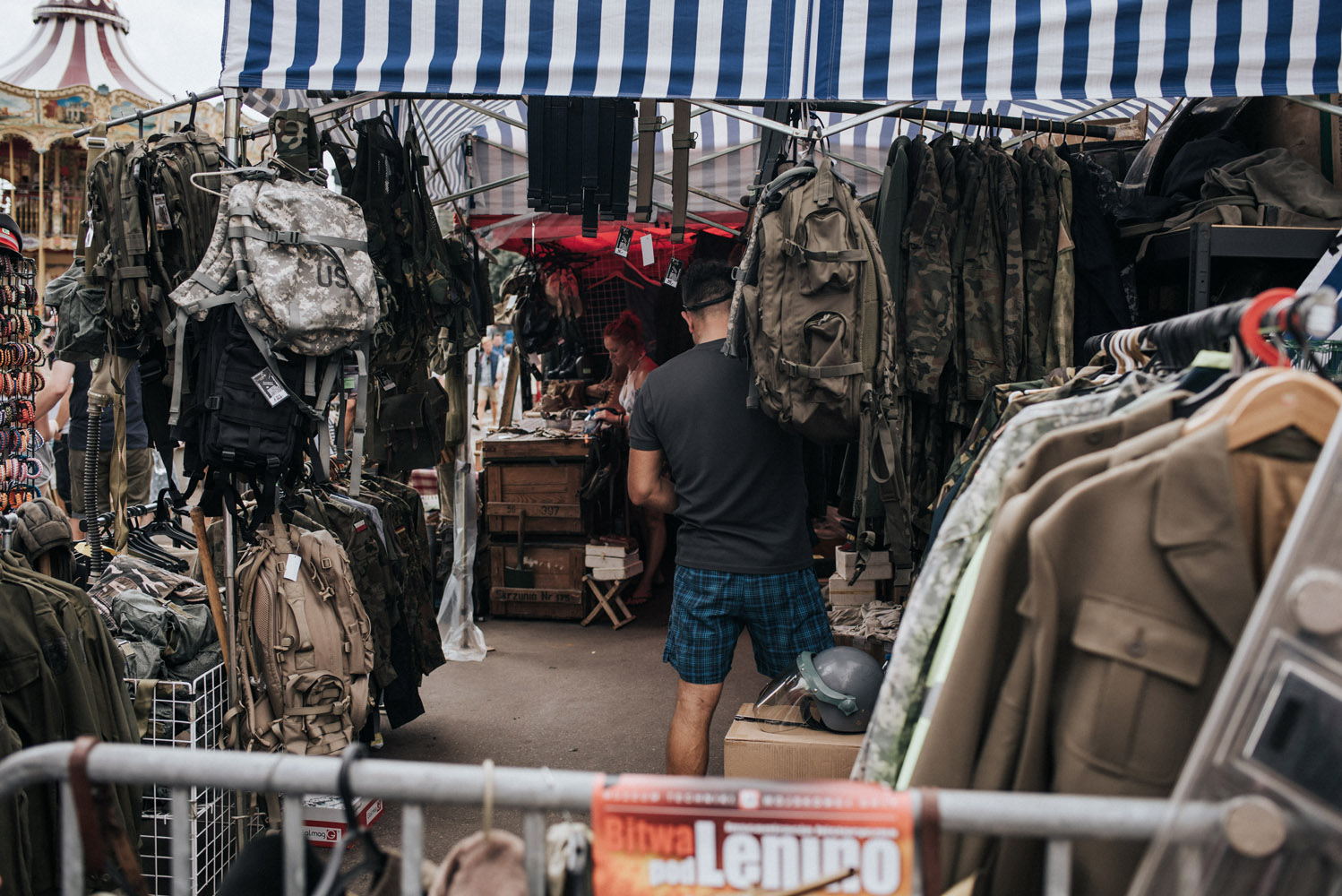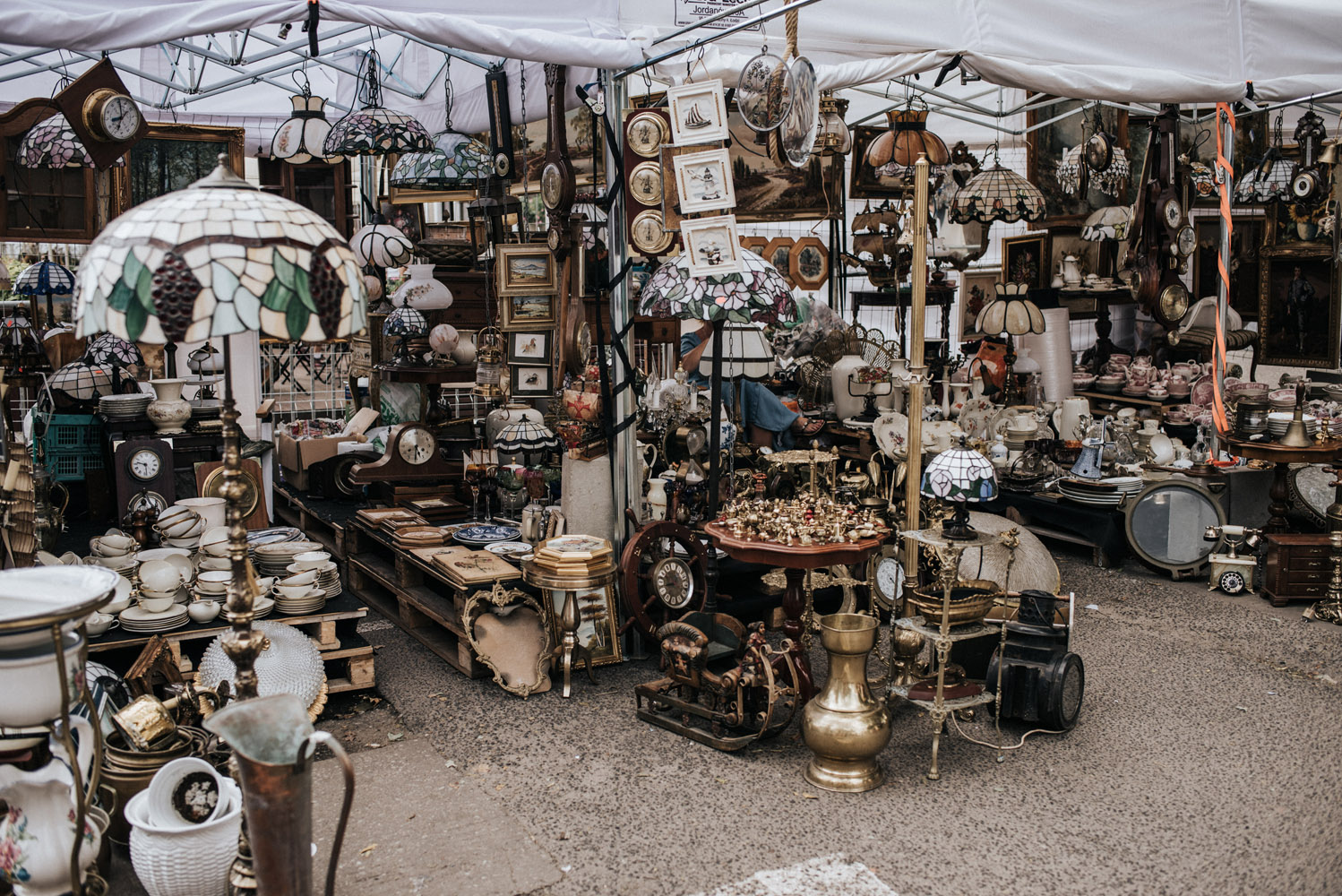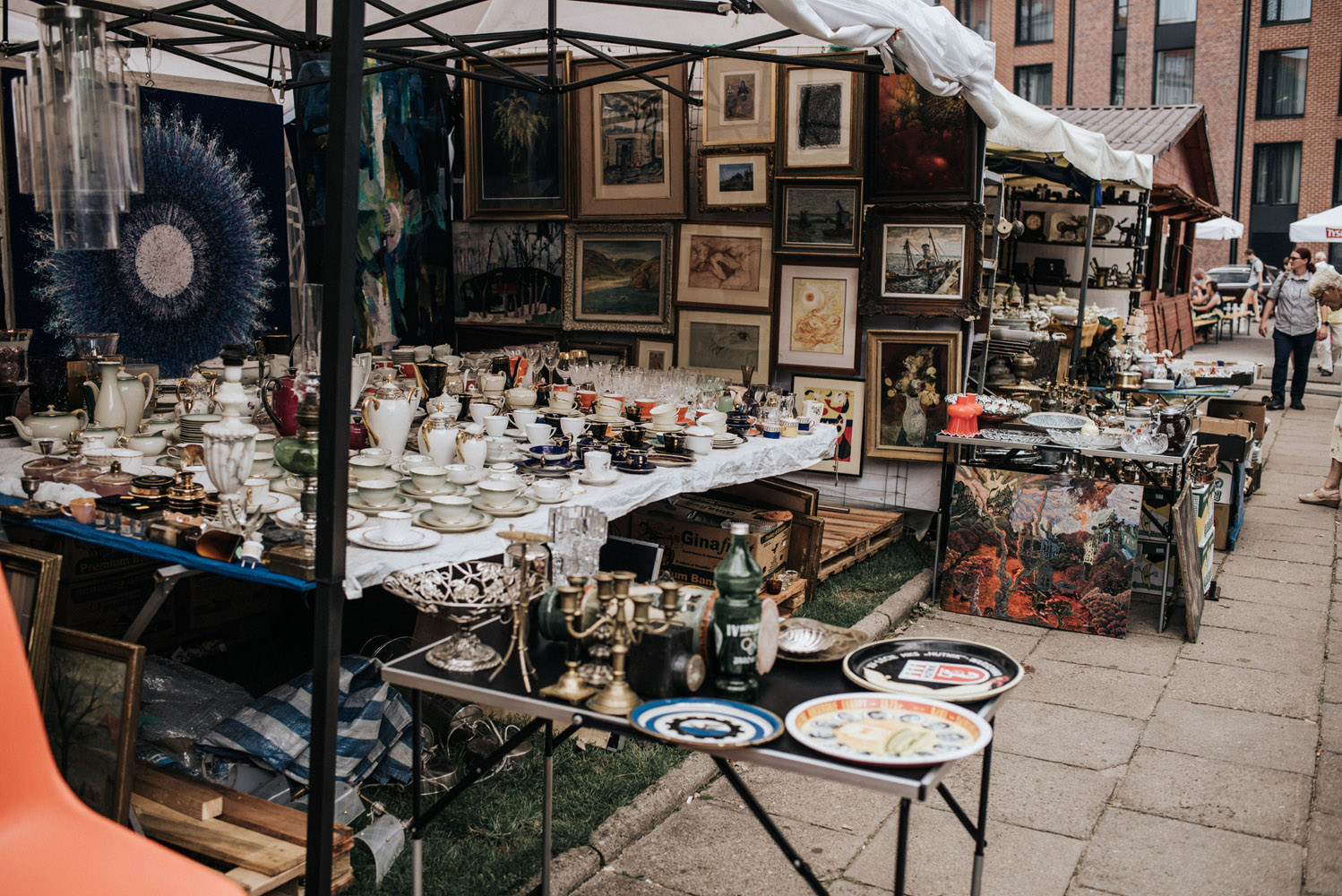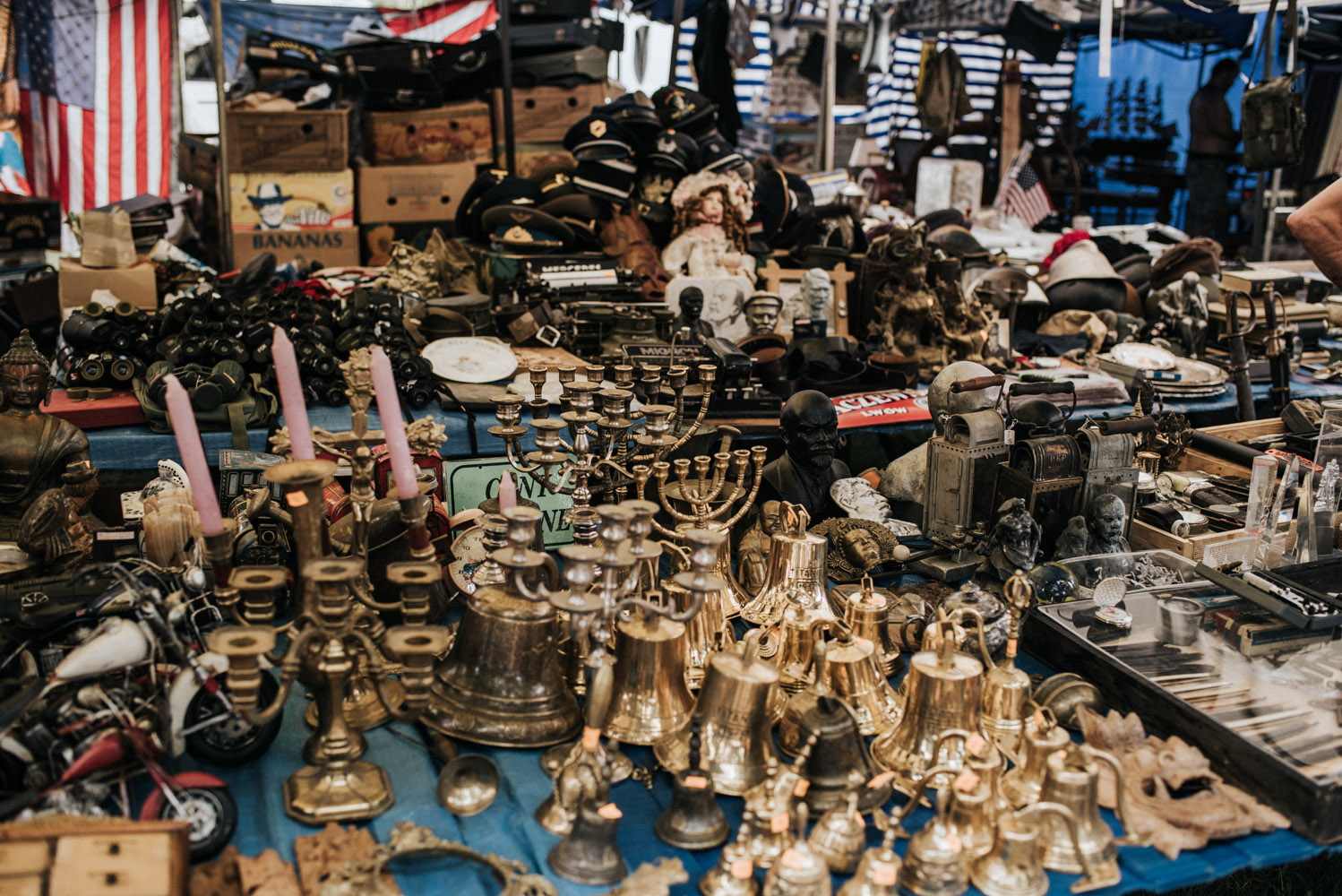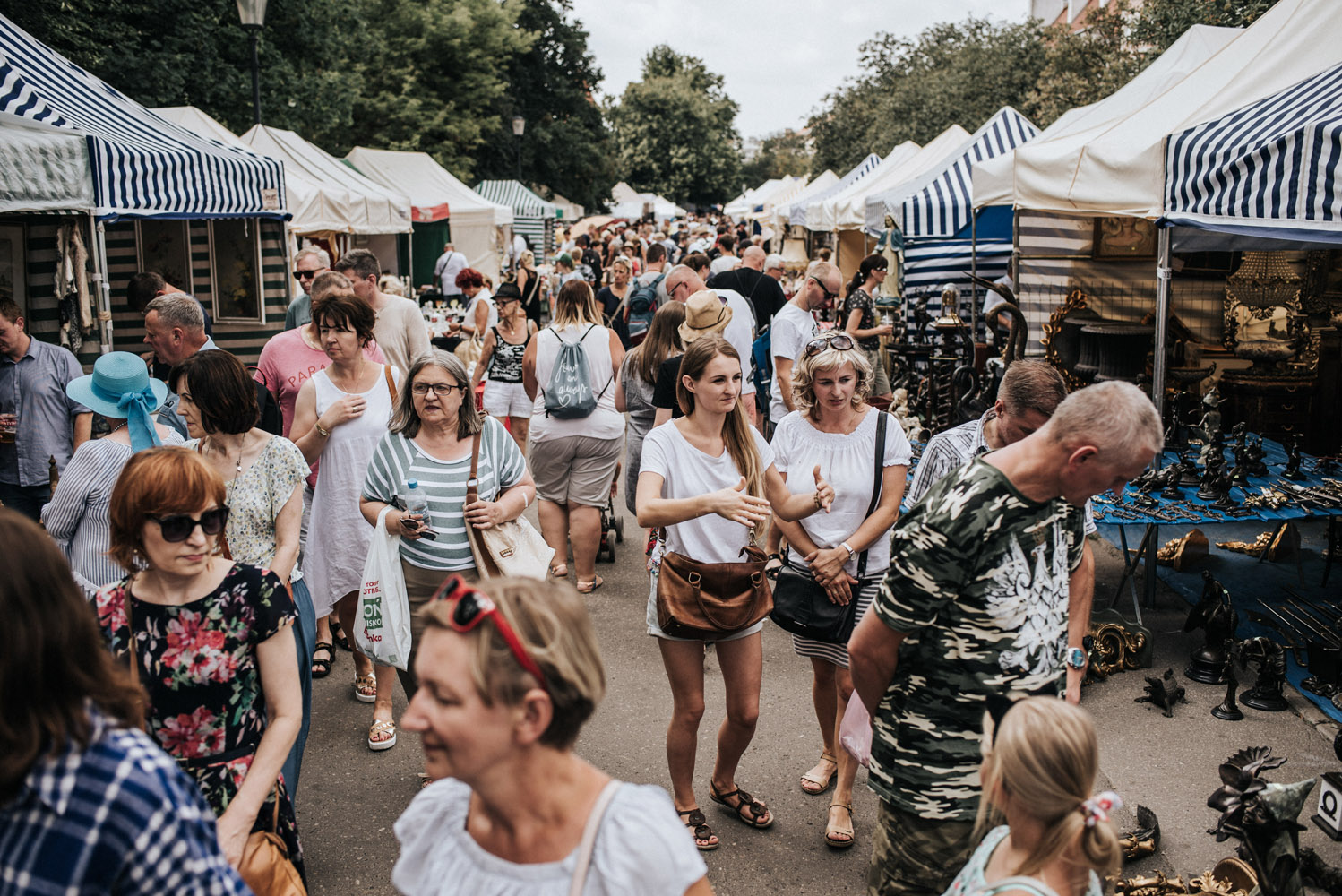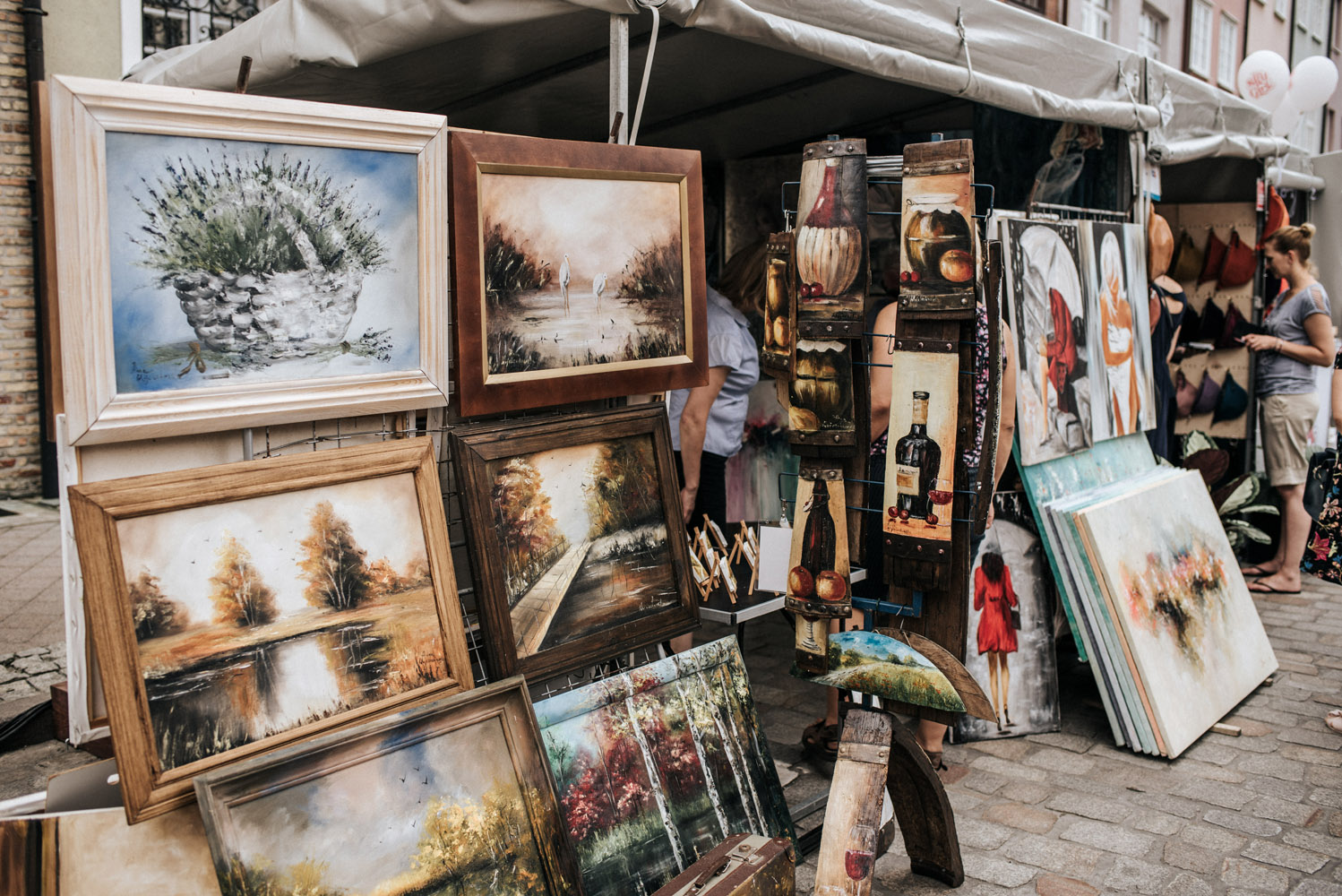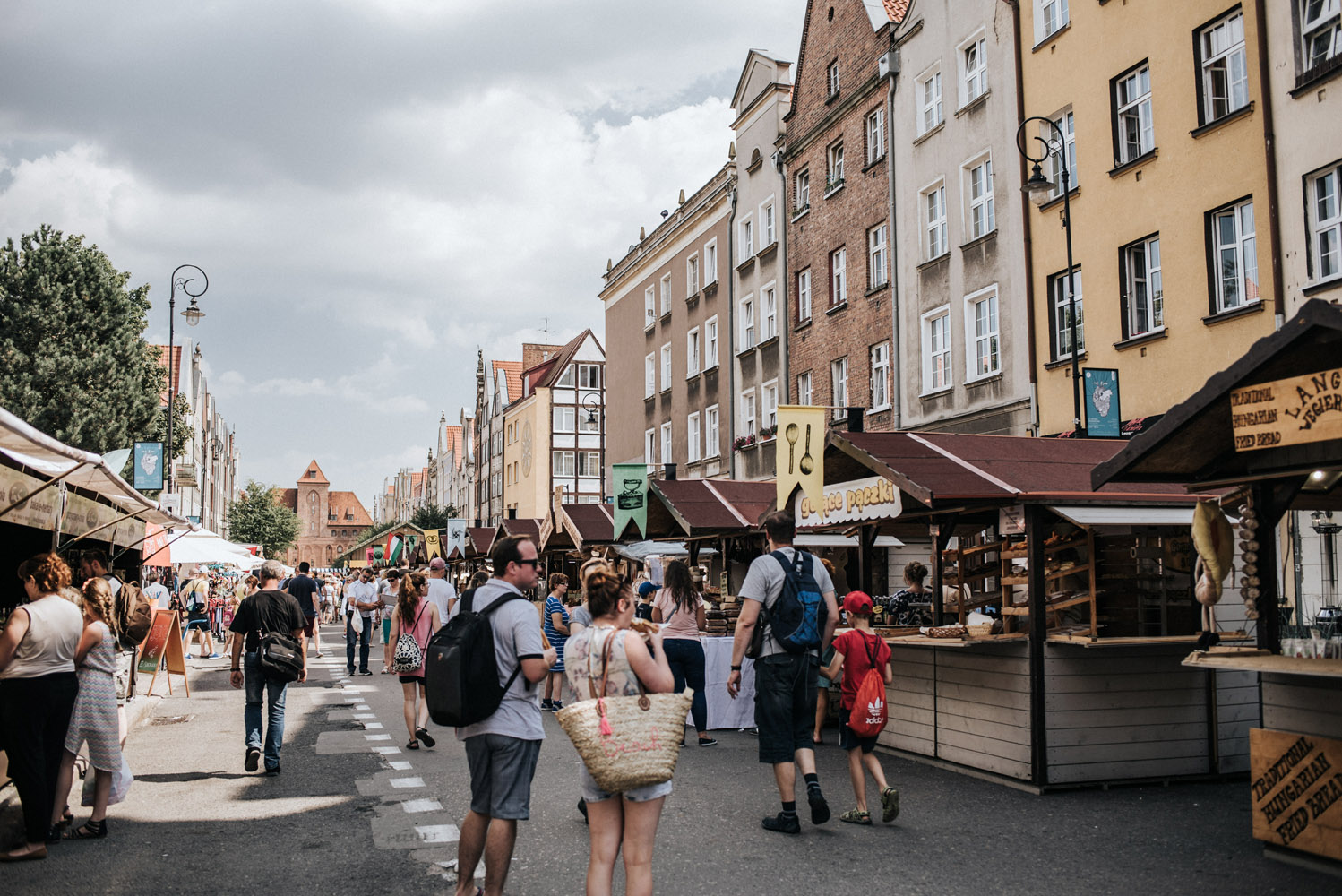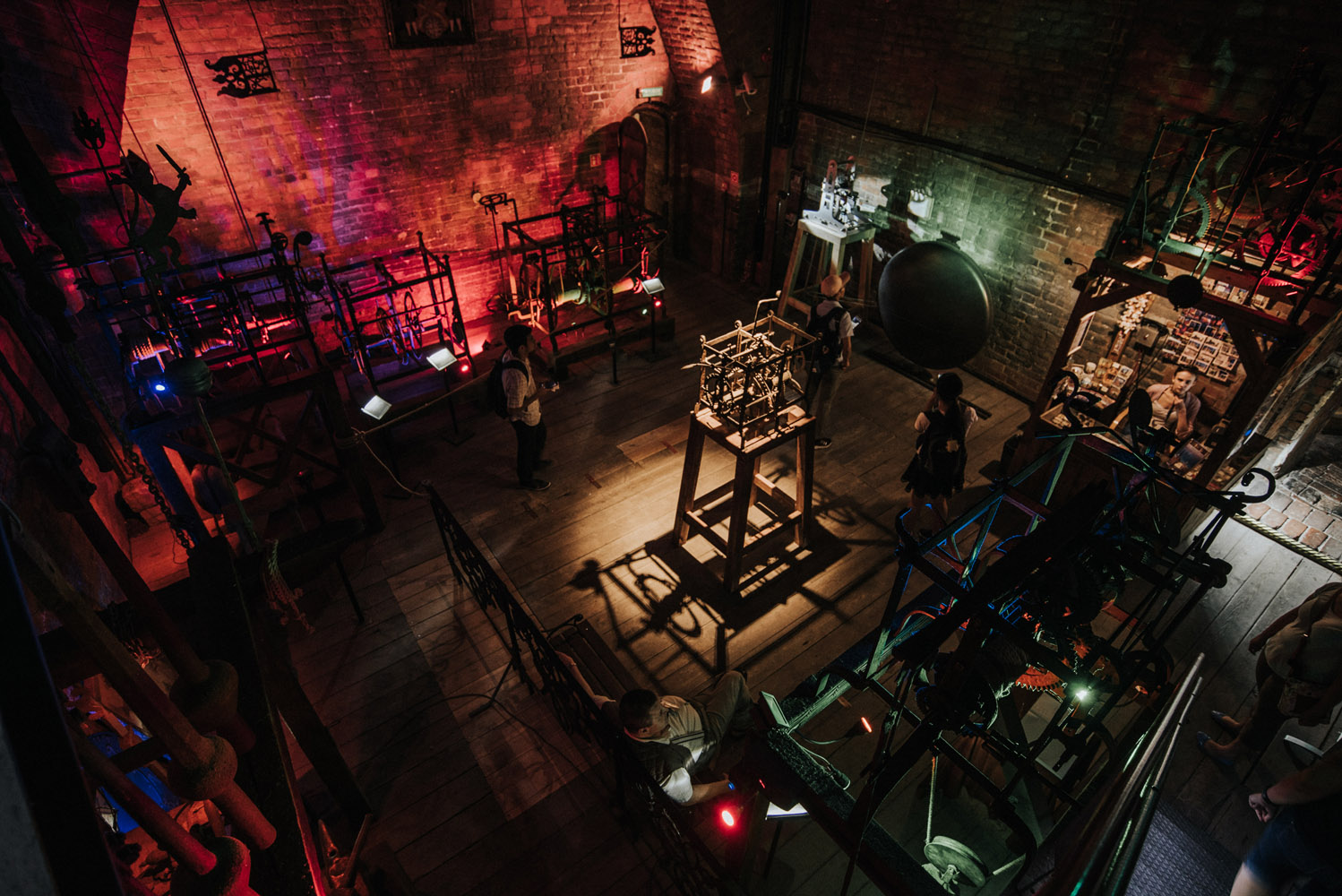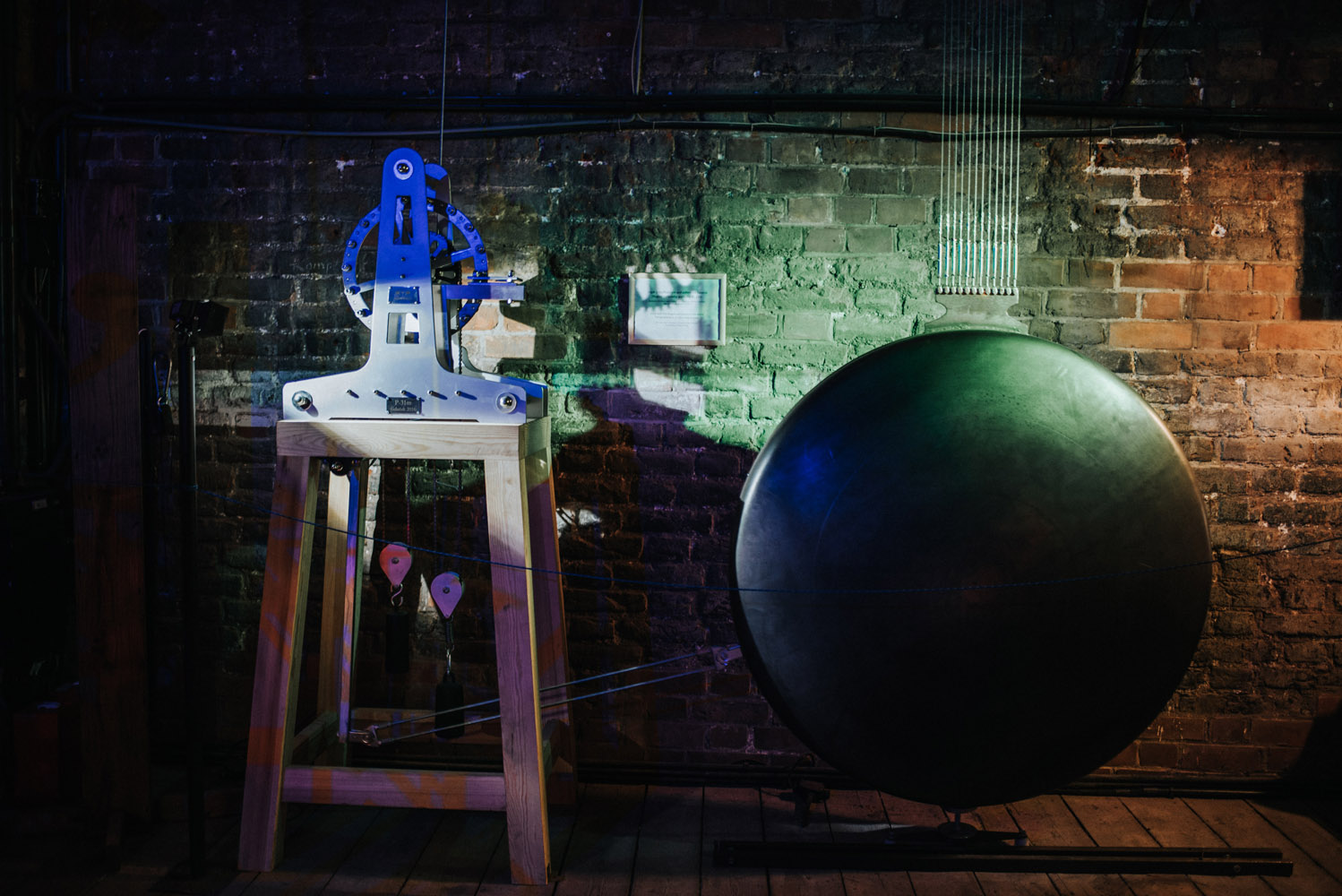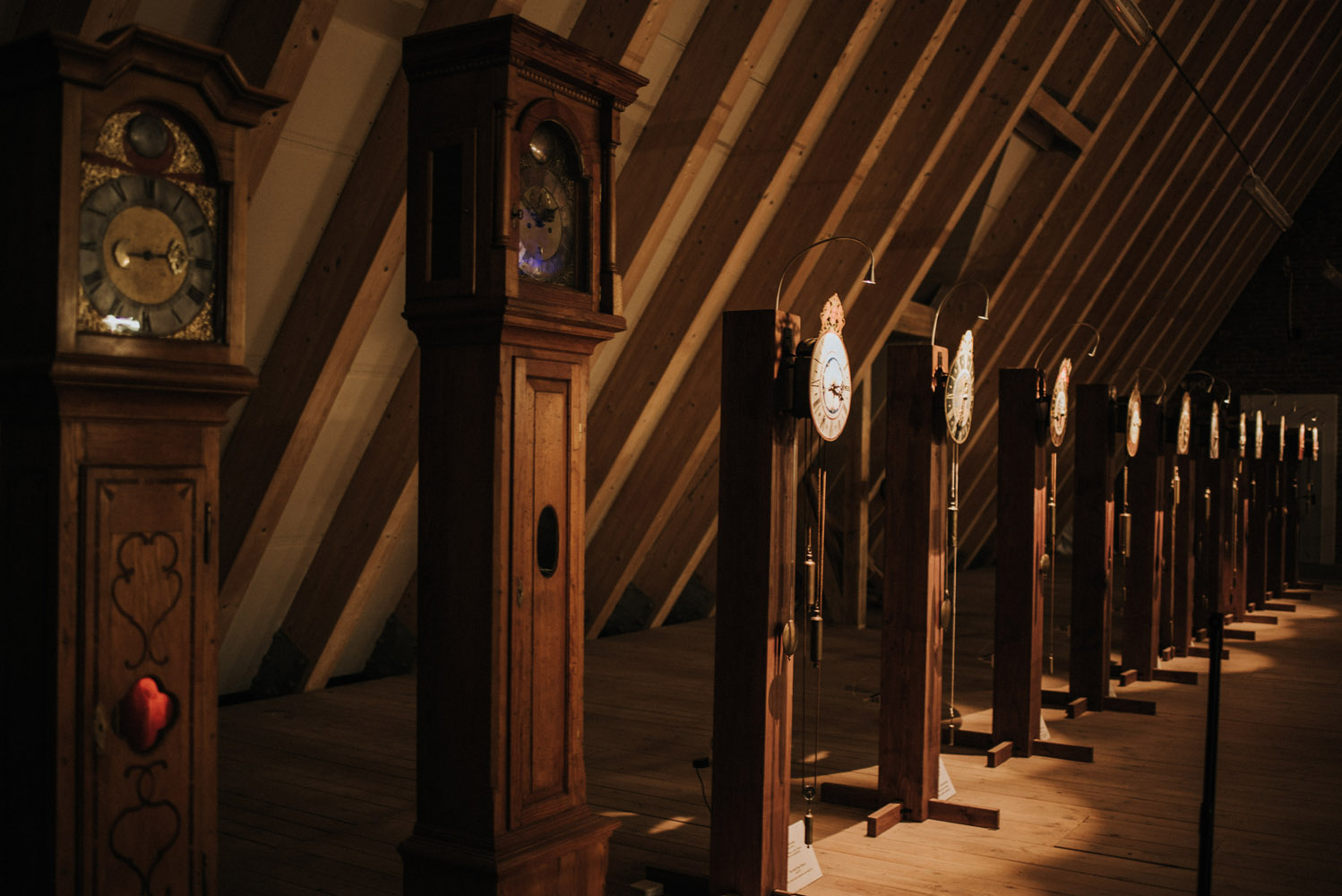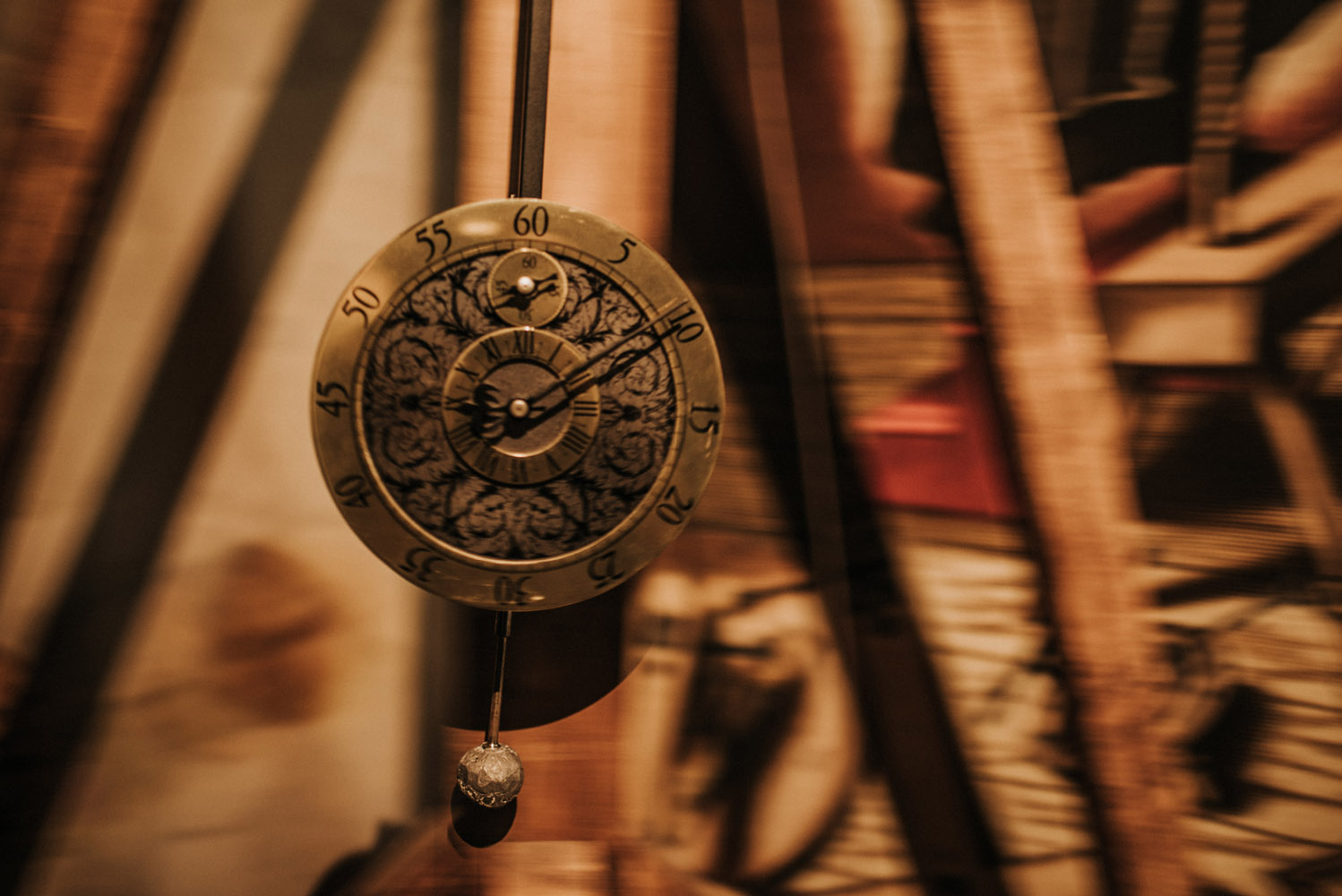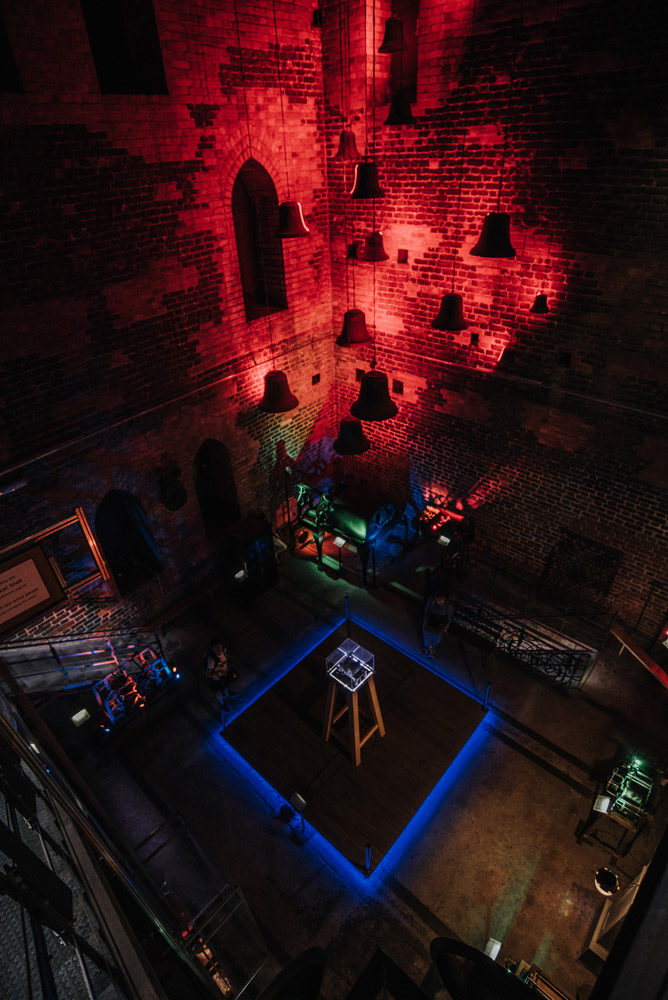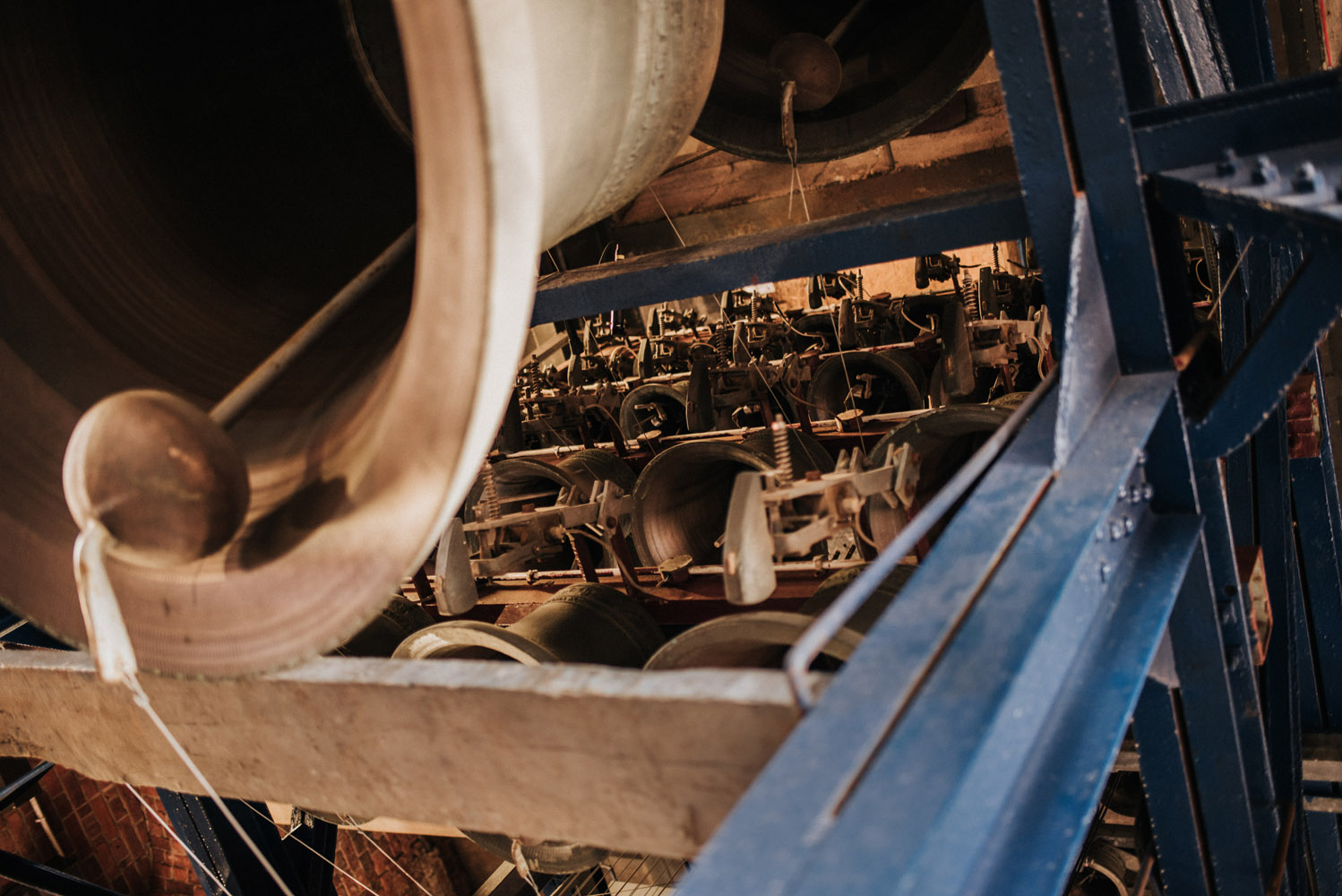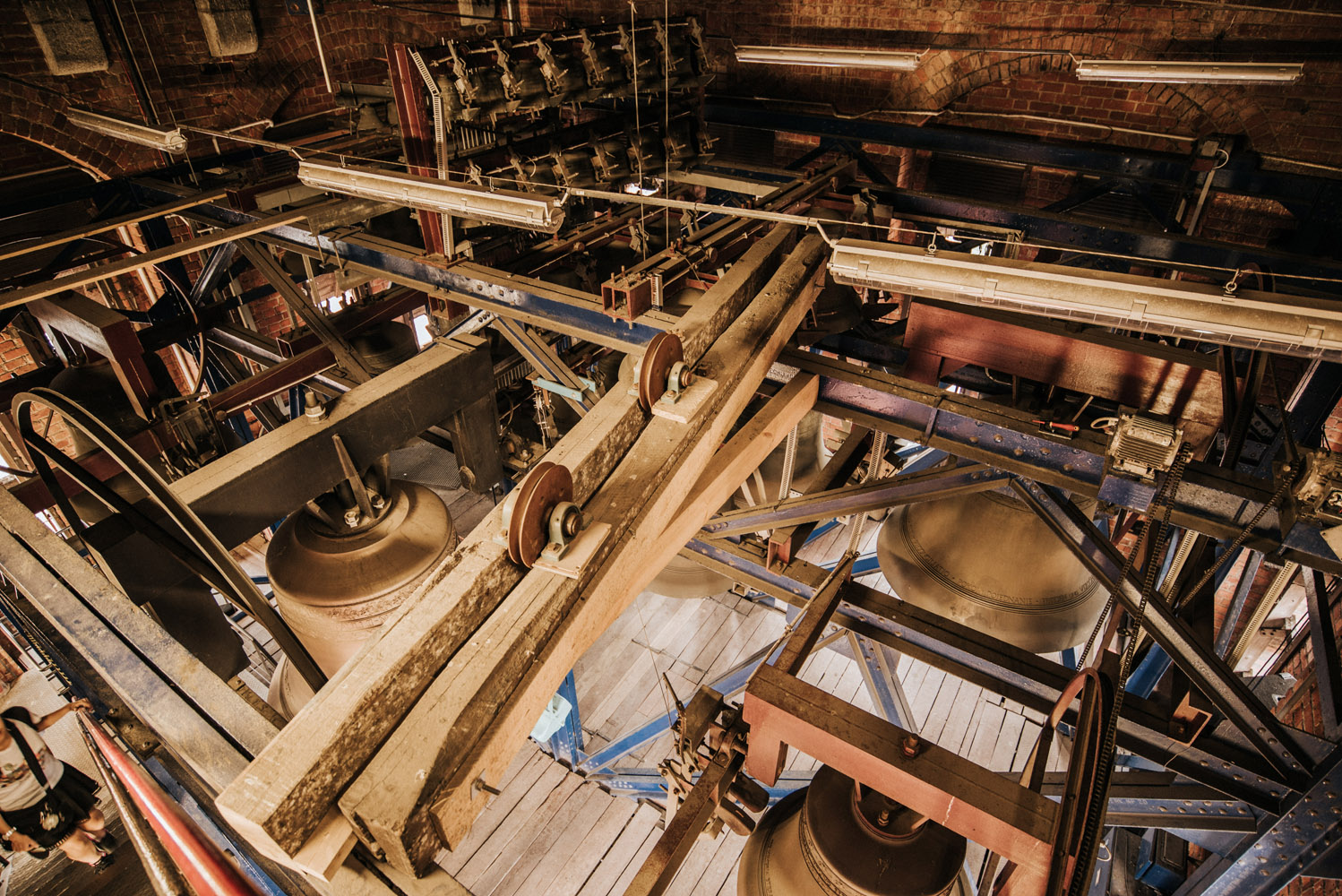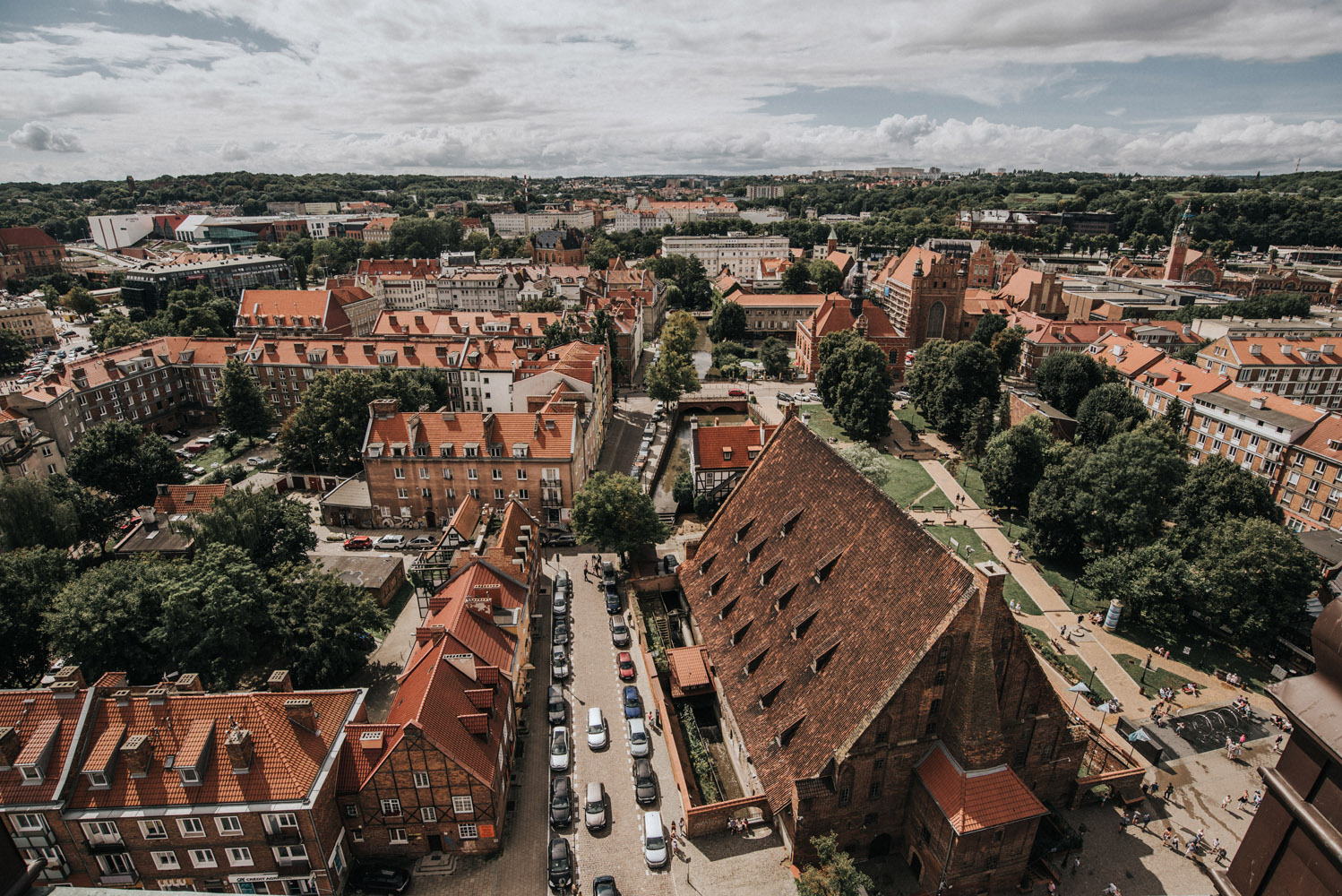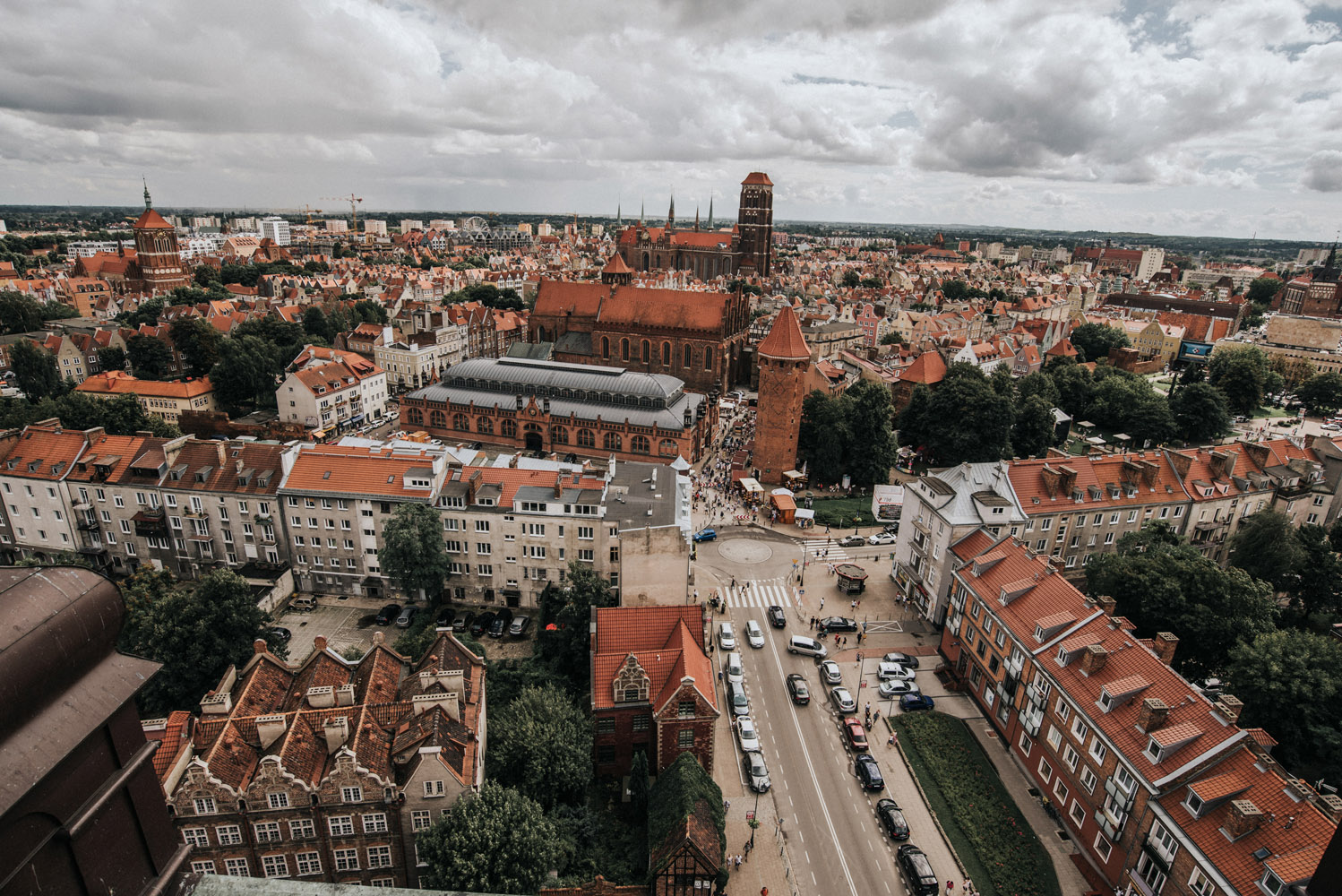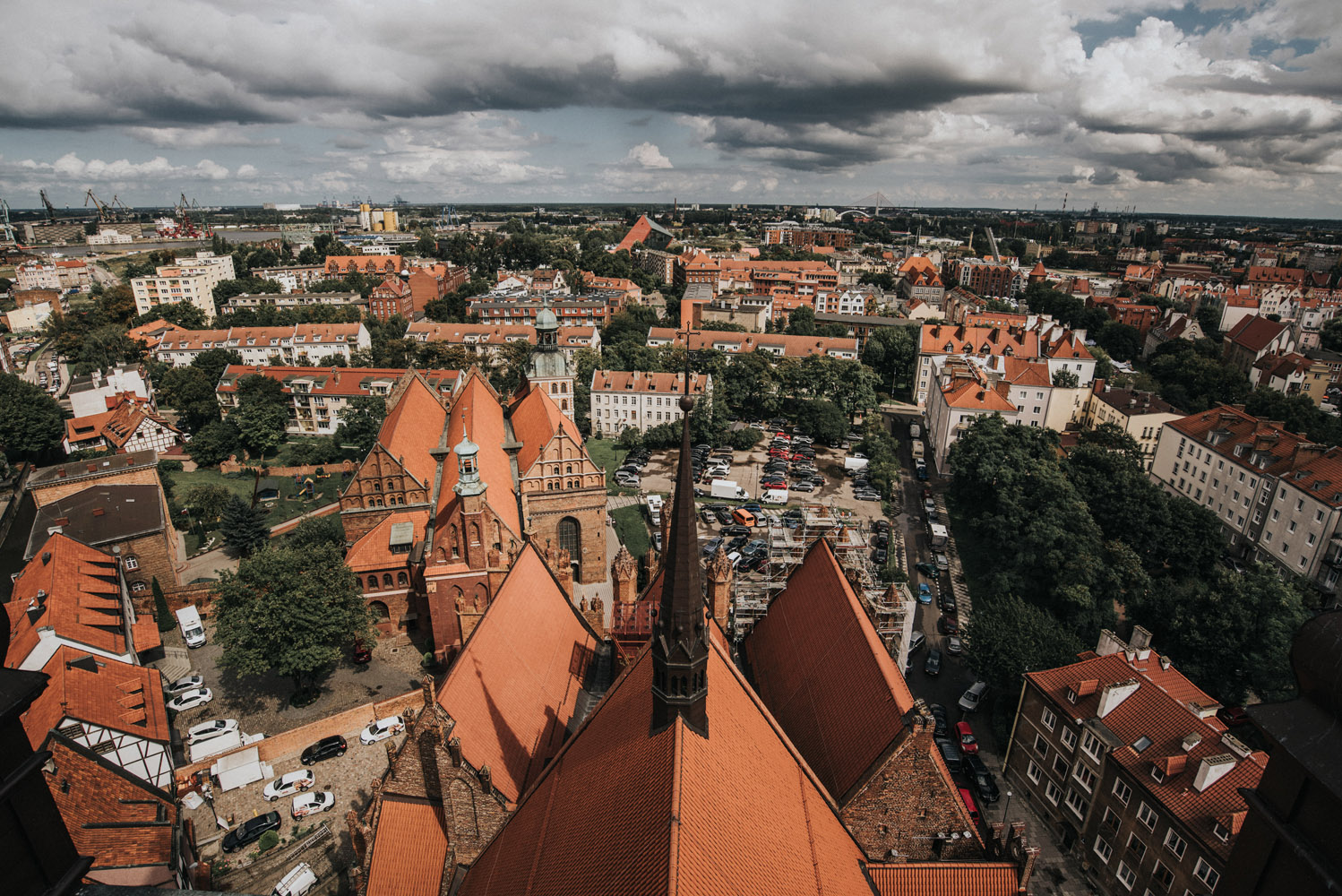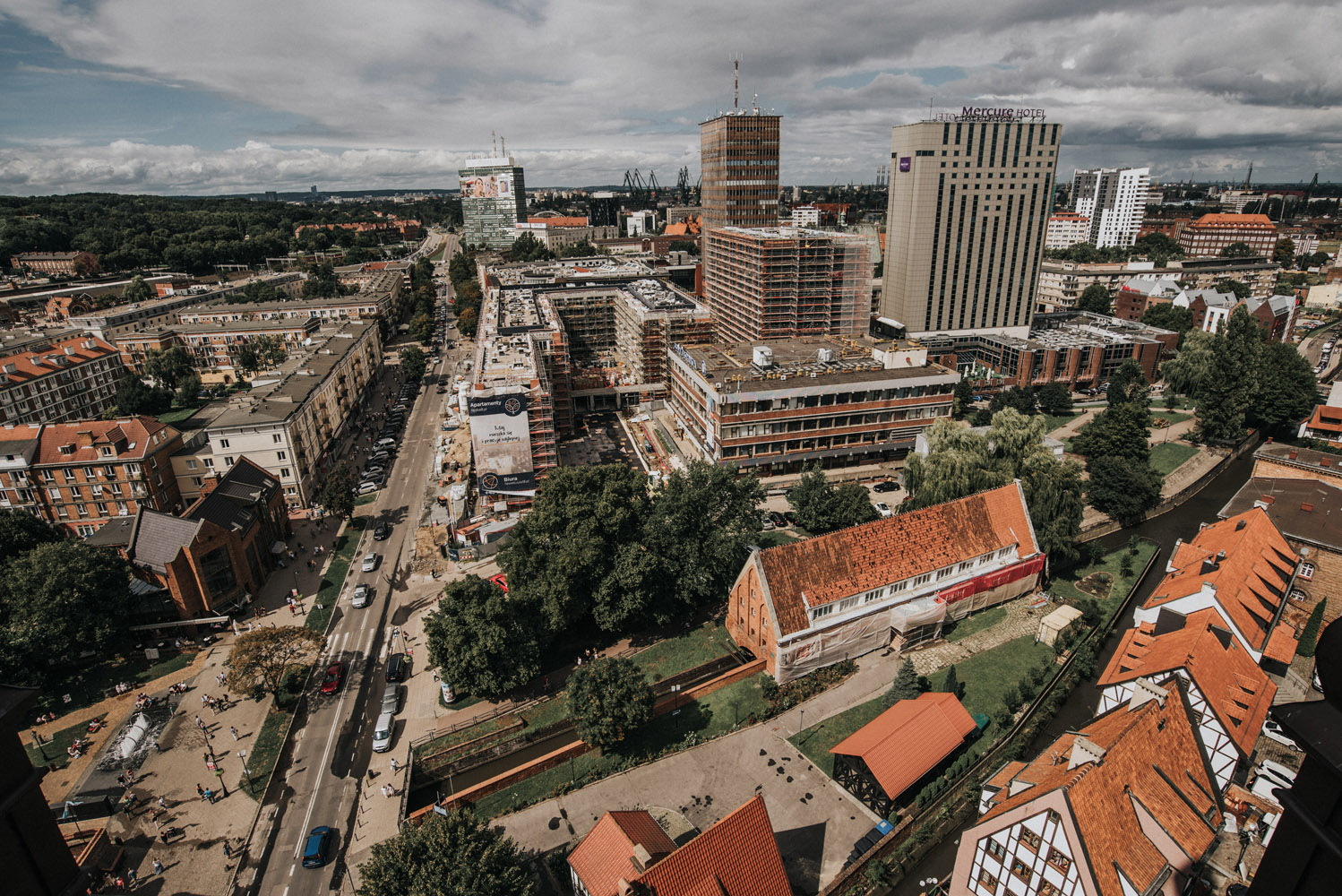
Lighthouse at Nowy Port
Build in years 1893-1894, this lighthouse is 31,3 m tall, the observation deck, available for tourists, is one level below the actual light.
It’s located in district Nowy Port, at 54°24’23” N 18°39’40” E,
The monument of Coast Defenders is just at the other side of Vistula river.
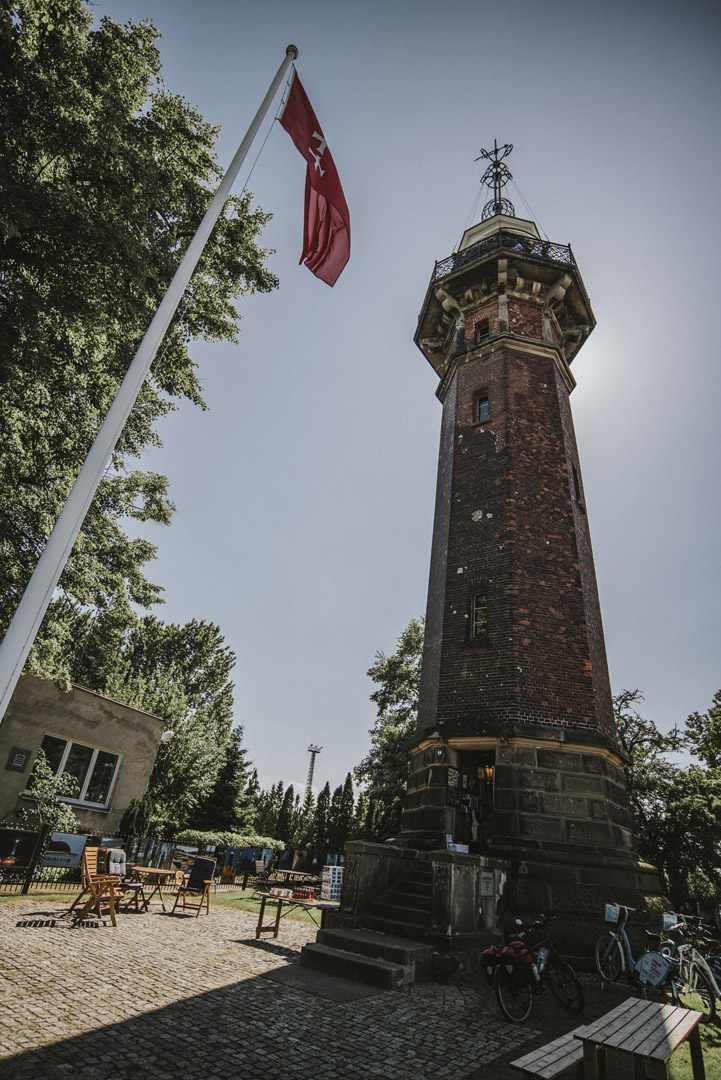
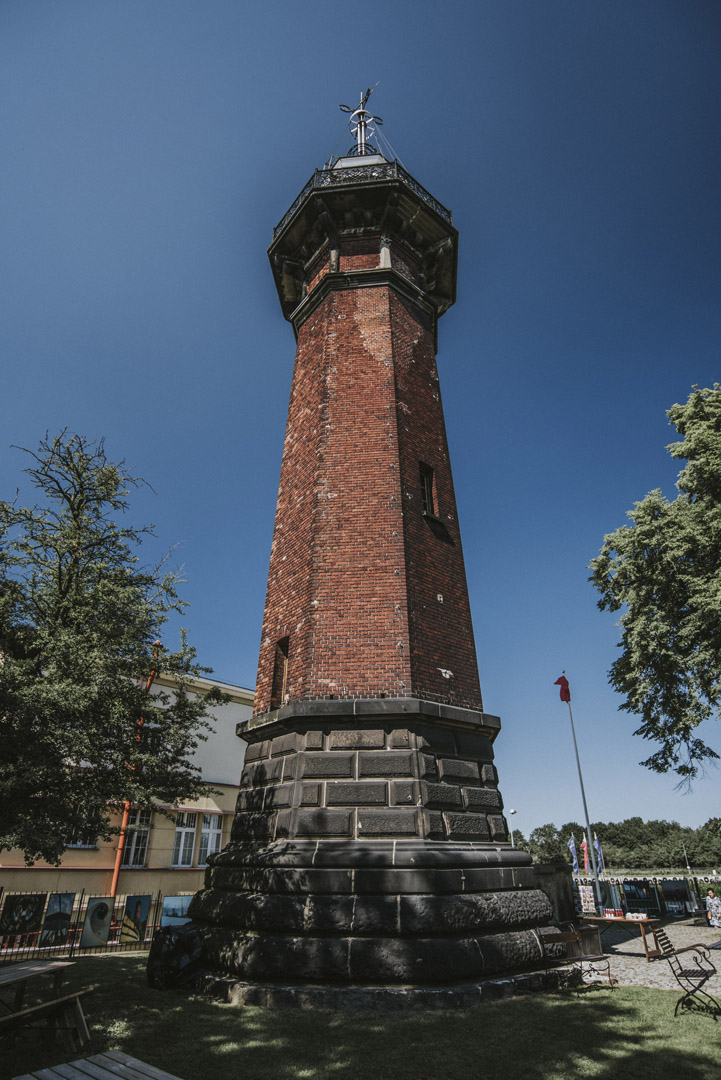
At the top of lighthouse you can see a time bowl – until time was started to be broadcasted by radio signals, it was used to adjust ship chronometers. Exactly at 13:00 (or noon in United States) the ball was dropped from top position.
Today the ball is dropped at 10:00, 12:00, 14:00, 16:00 and 18:00, so more tourists can observe this.
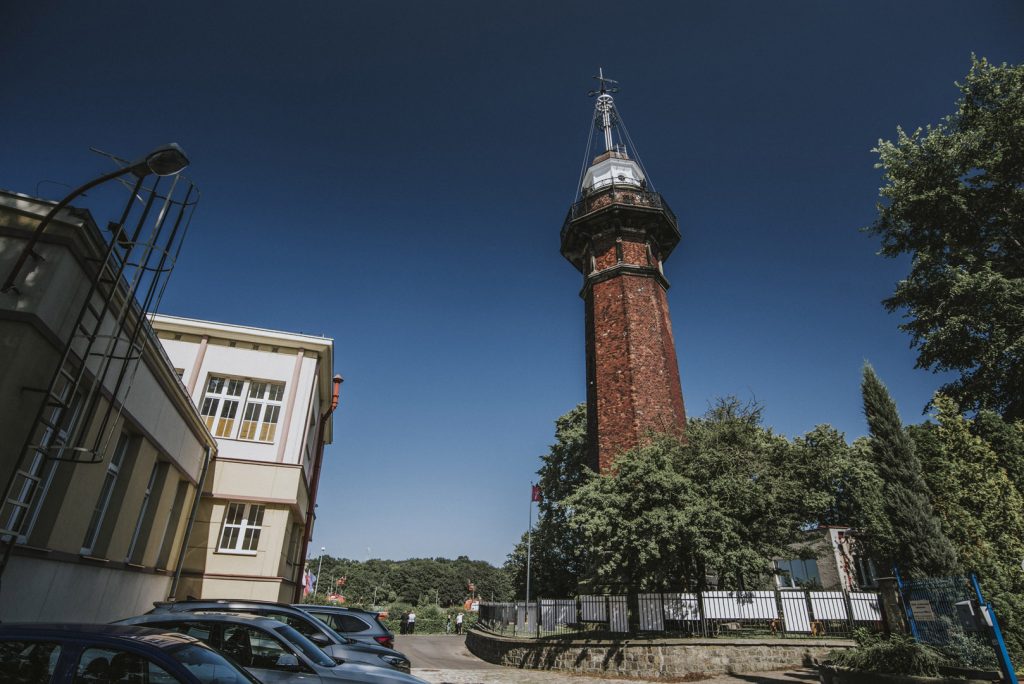
Inside lighthouse there are just spiral stairs until you reach the top.
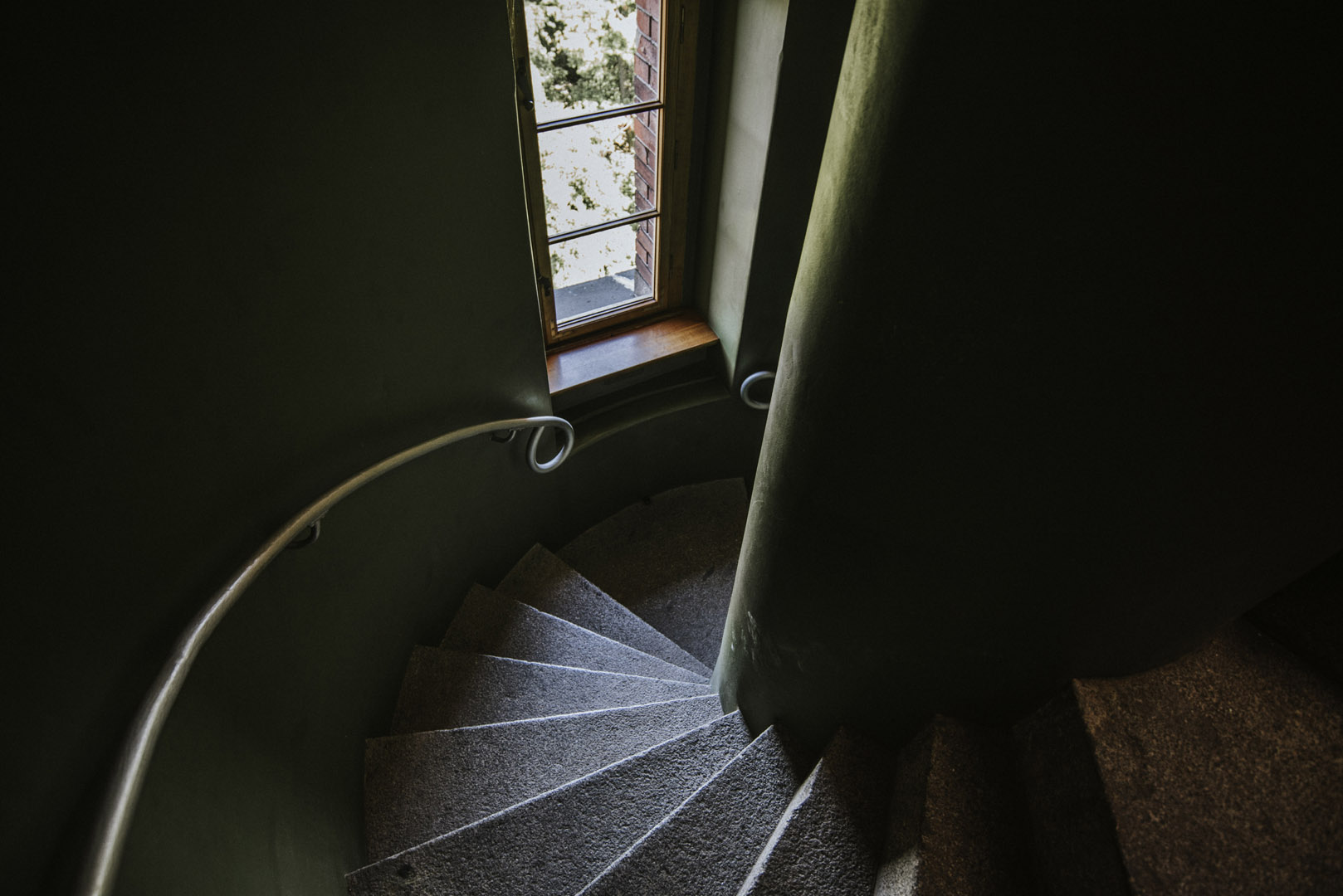
At the top level you can see the source of lighthouse light – strong lightbulb
flashing every few seconds (but the light is weak, nowadays it’s just for demonstration purposes).
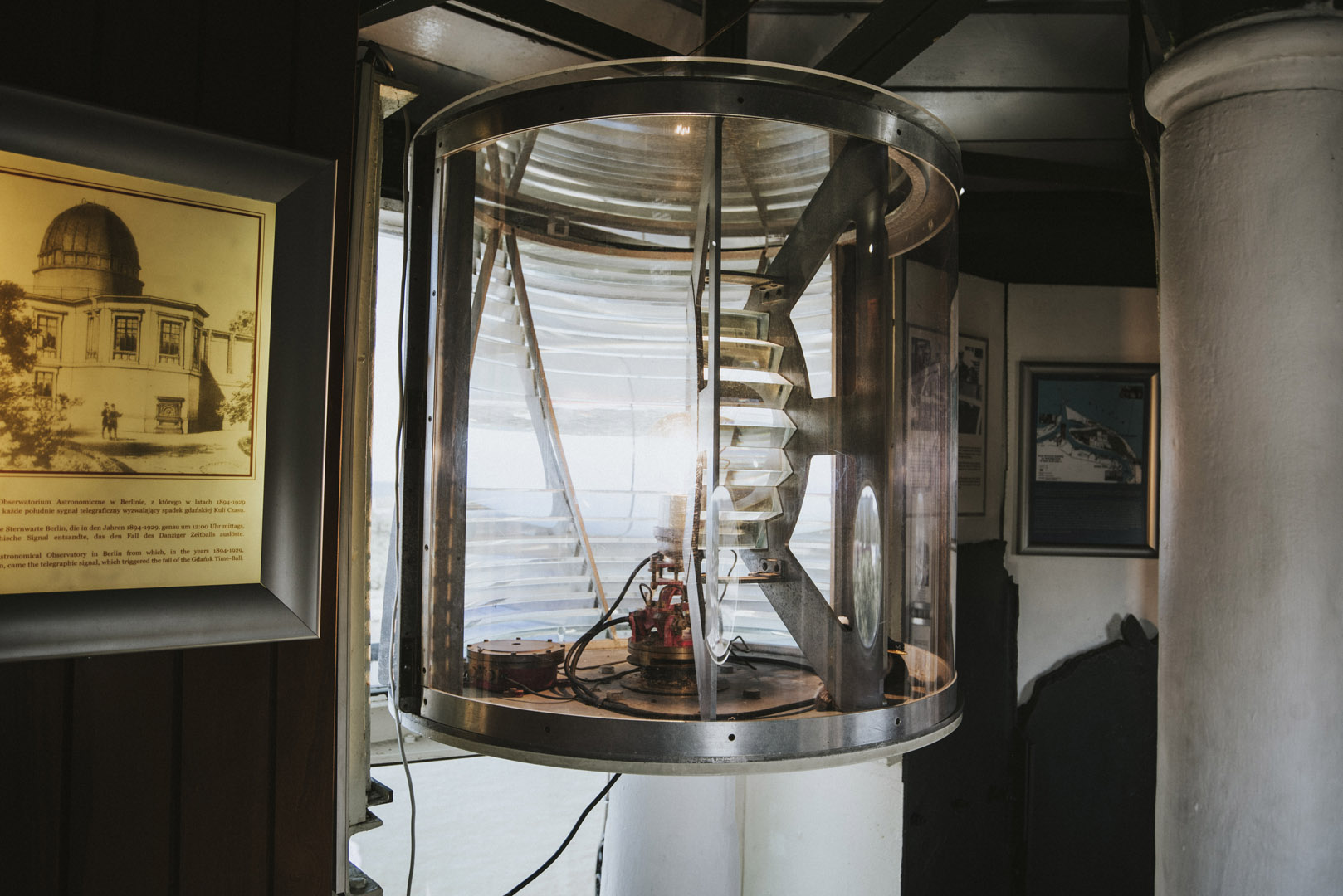
One level below is observation deck.
Northern view: you can see end of Martwa Wisła (literally “dead Vistula”), an old Vistula riverbed, now just a channel.
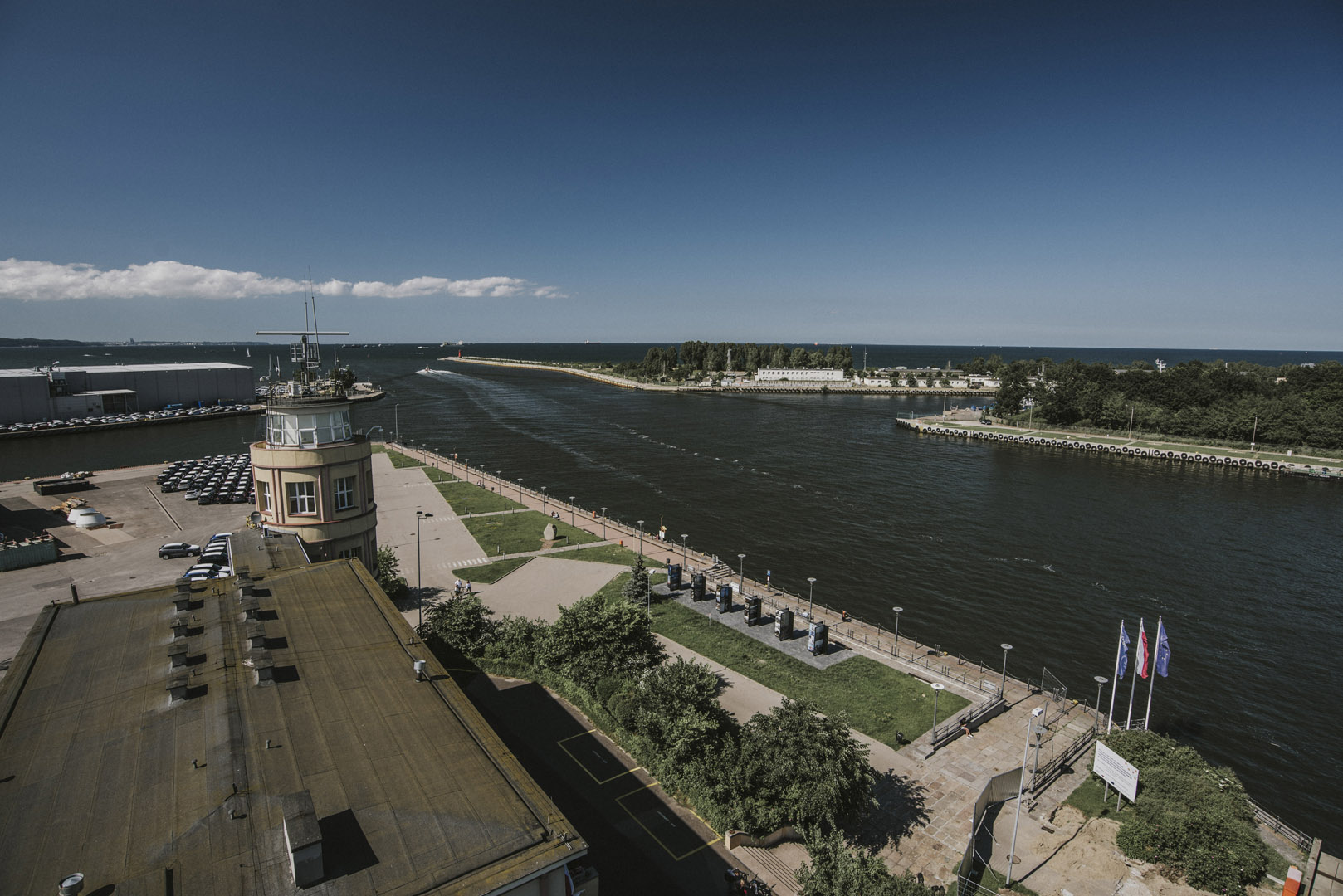
Eastern view, you can see Martwa Wisła. In the center-left part of picture you can see The monument of Coast Defenders.
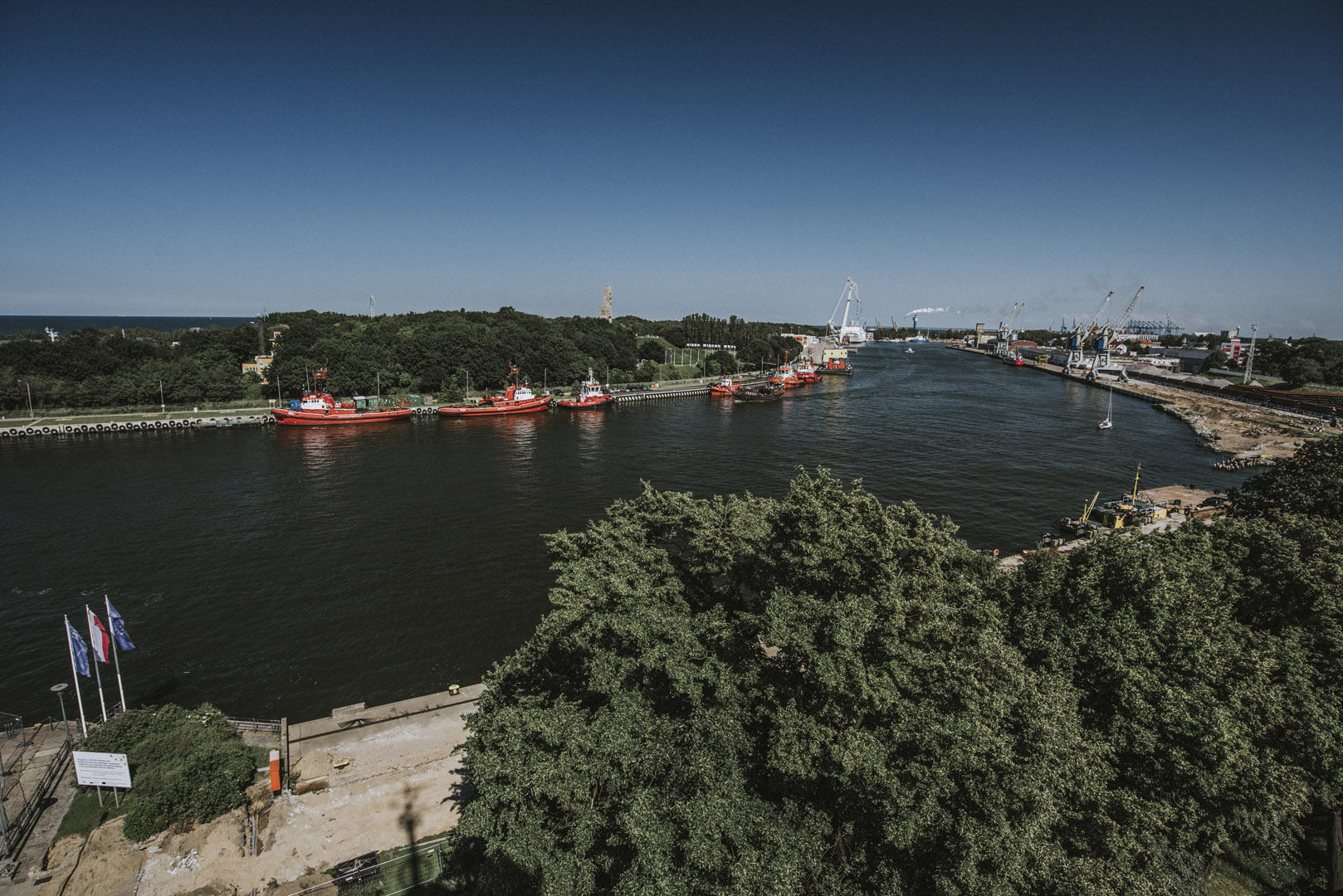
South-east view.
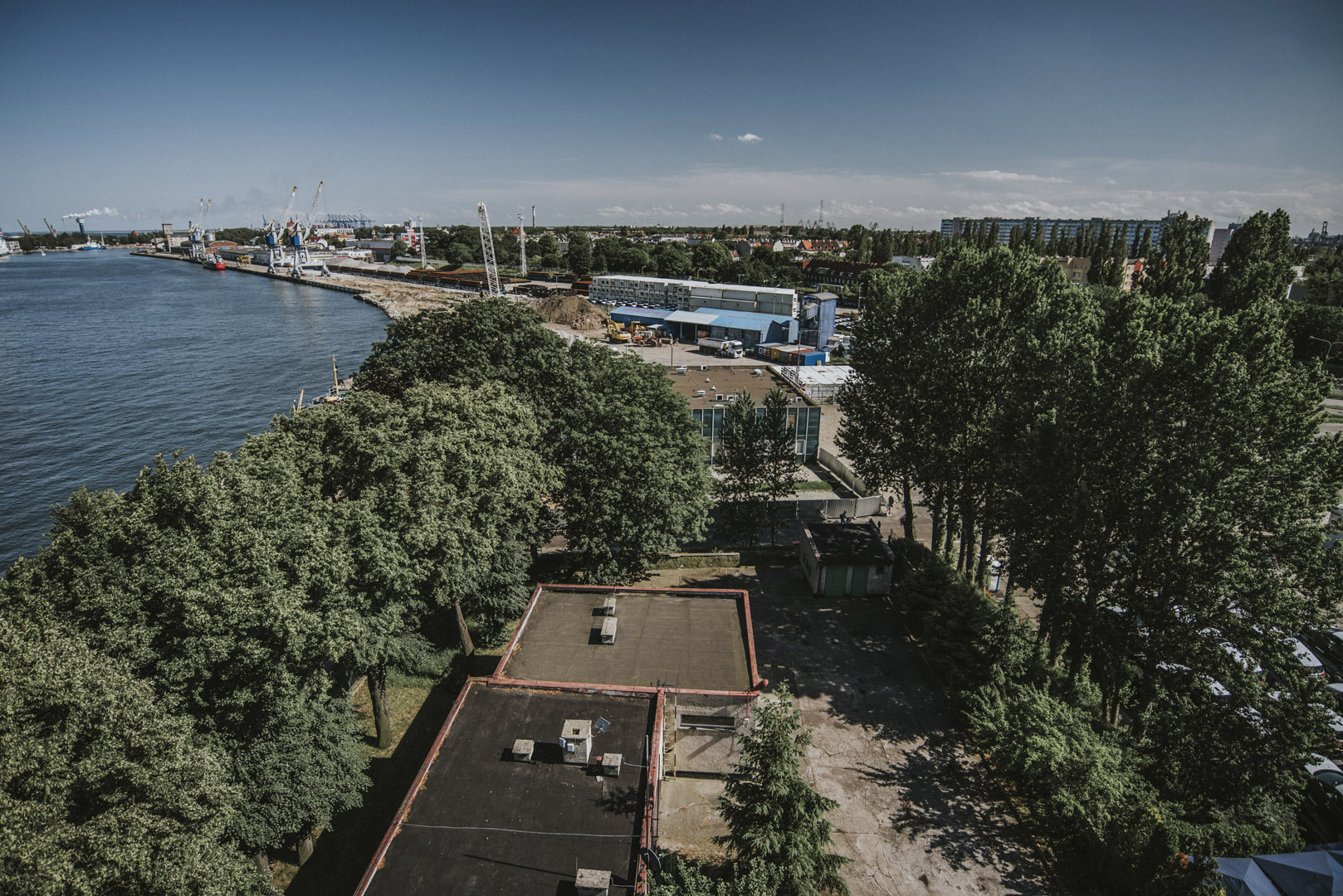
Western view: you can see mostly harbor area with thousands of cars.
